The reason I wanted to go to the most prestigious flower show was the houseplant studios, and I was not disappointed.
Took me a lot of time to actually sit down and write about this; I could say I wanted all this information to settle, which helped with a more balanced opinion. Also, I had some eventful days between Chelsea and now. The problem is that some details were lost, although I wrote an article about my general impression first.
Anyway, my favourite studio was Hope After Humanity, designed by Gemma Haigh from The Plant Parlour with plants from GrowTropicals. I guess I have a soft spot for nature taking over abandoned buildings and graffiti, but it was more than that. I loved the lack of overrated variegated plants and the big statement: the future is green.
With Hoya Linearis cascading from a broken roof, ferns growing behind a mirror and a dump smell inside, I got this eerie feeling. Maybe this apocalyptic theme that is used in entertainment a bit too much in the last years gave me this saturation feeling. Clearly, there is a lot of change in the world, but that doesn’t mean humanity is about to perish. Regardless, I think this studio deserved a gold medal rather than a silver gilt medal.
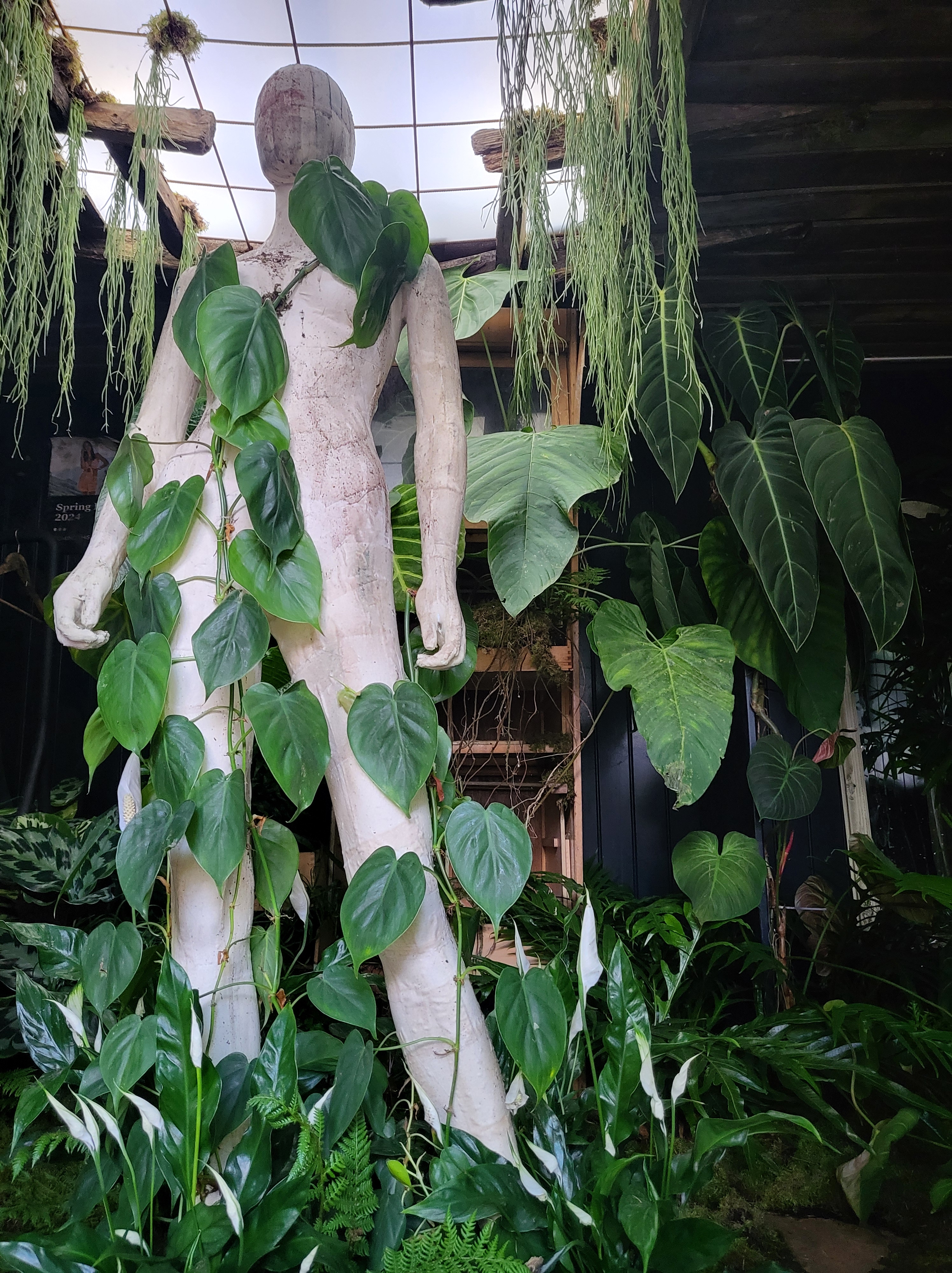
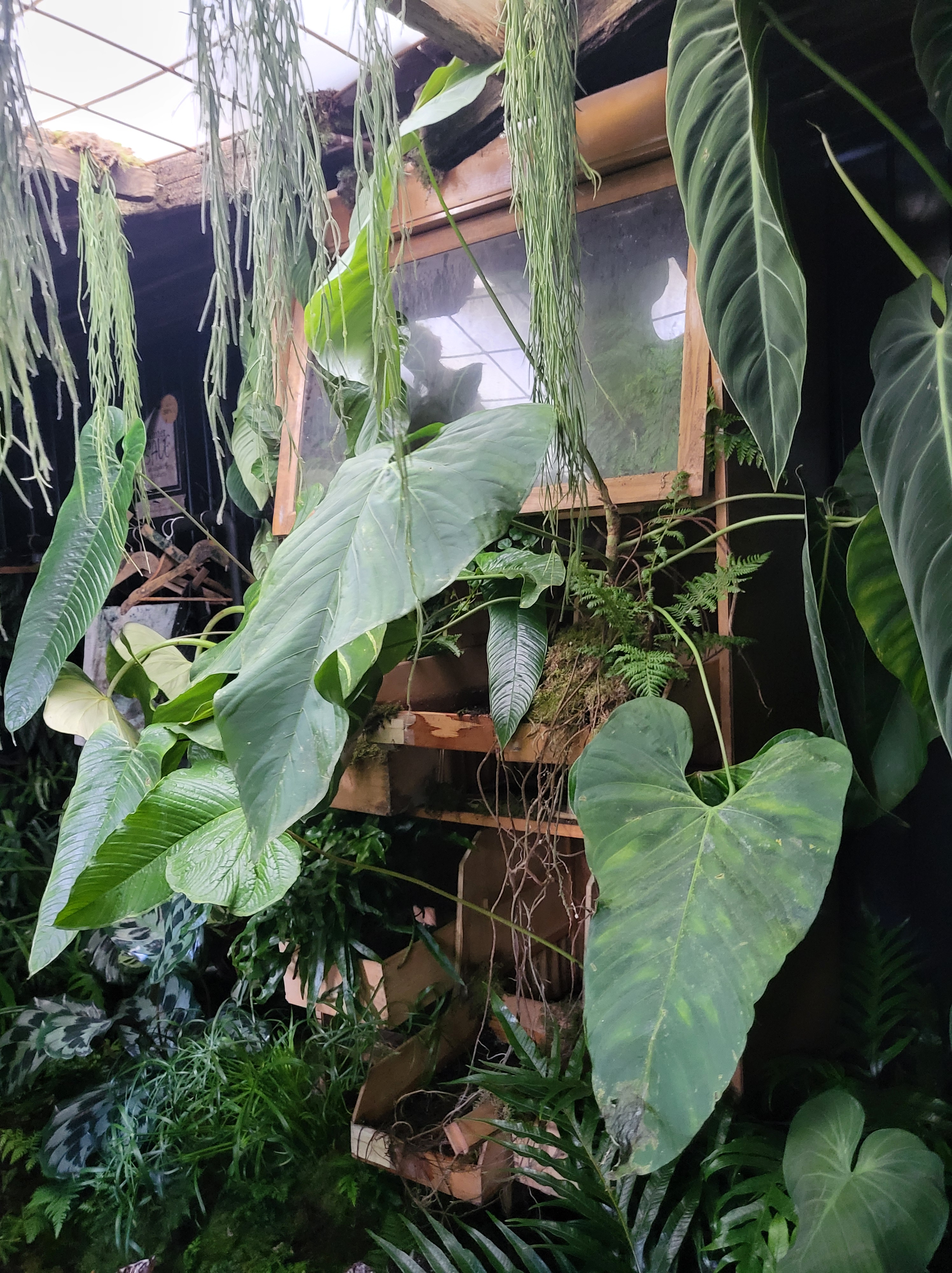
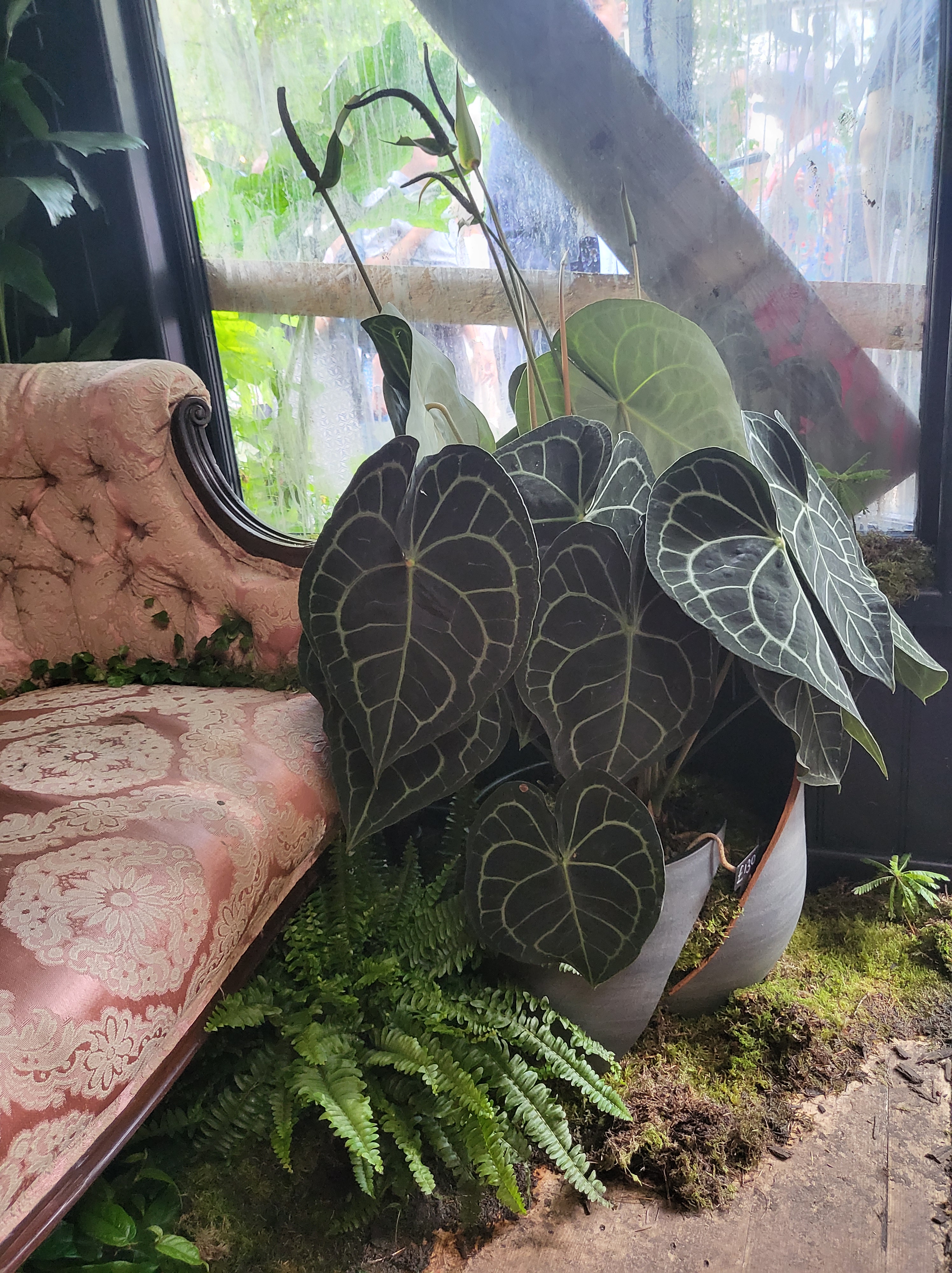
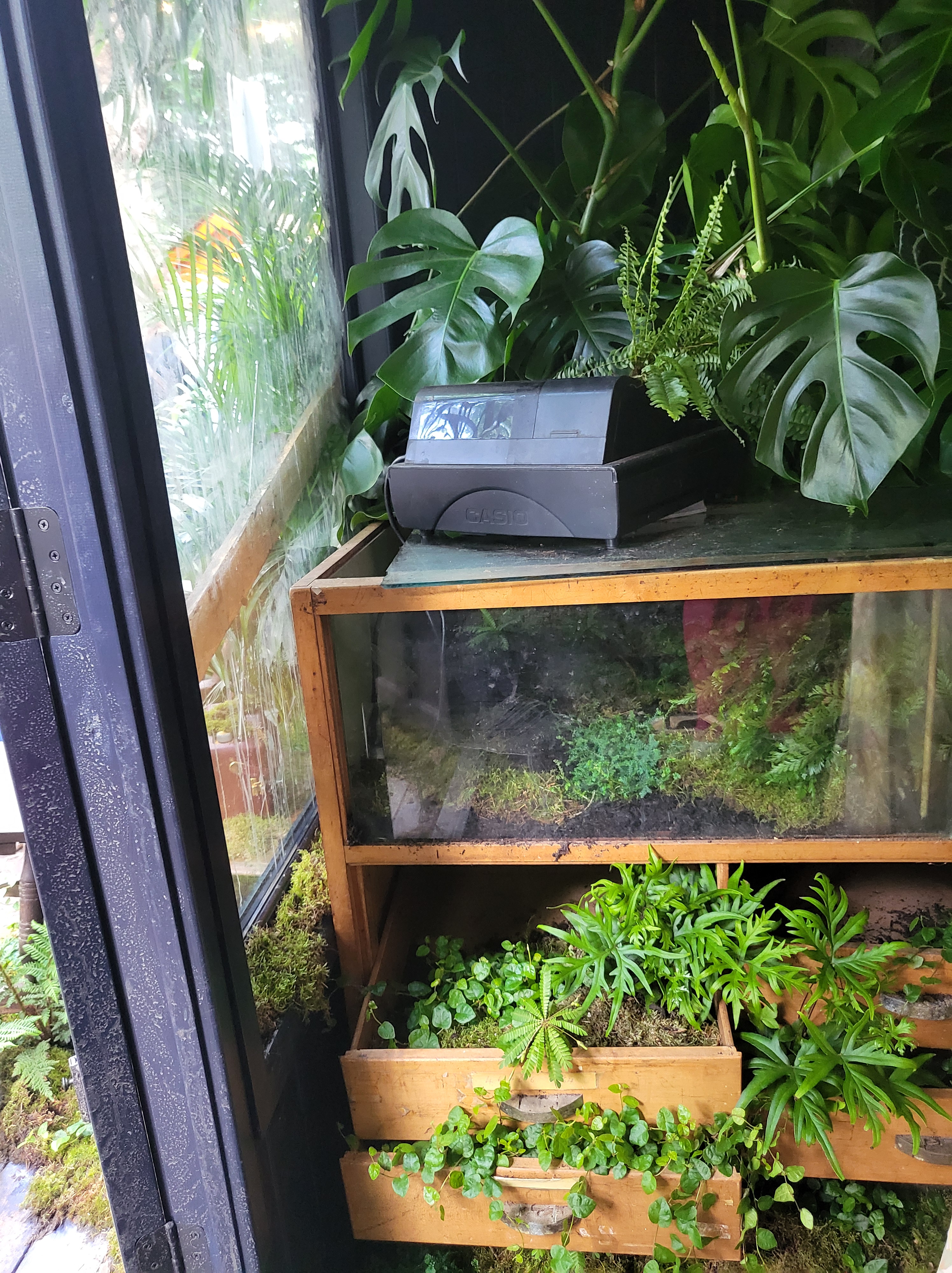
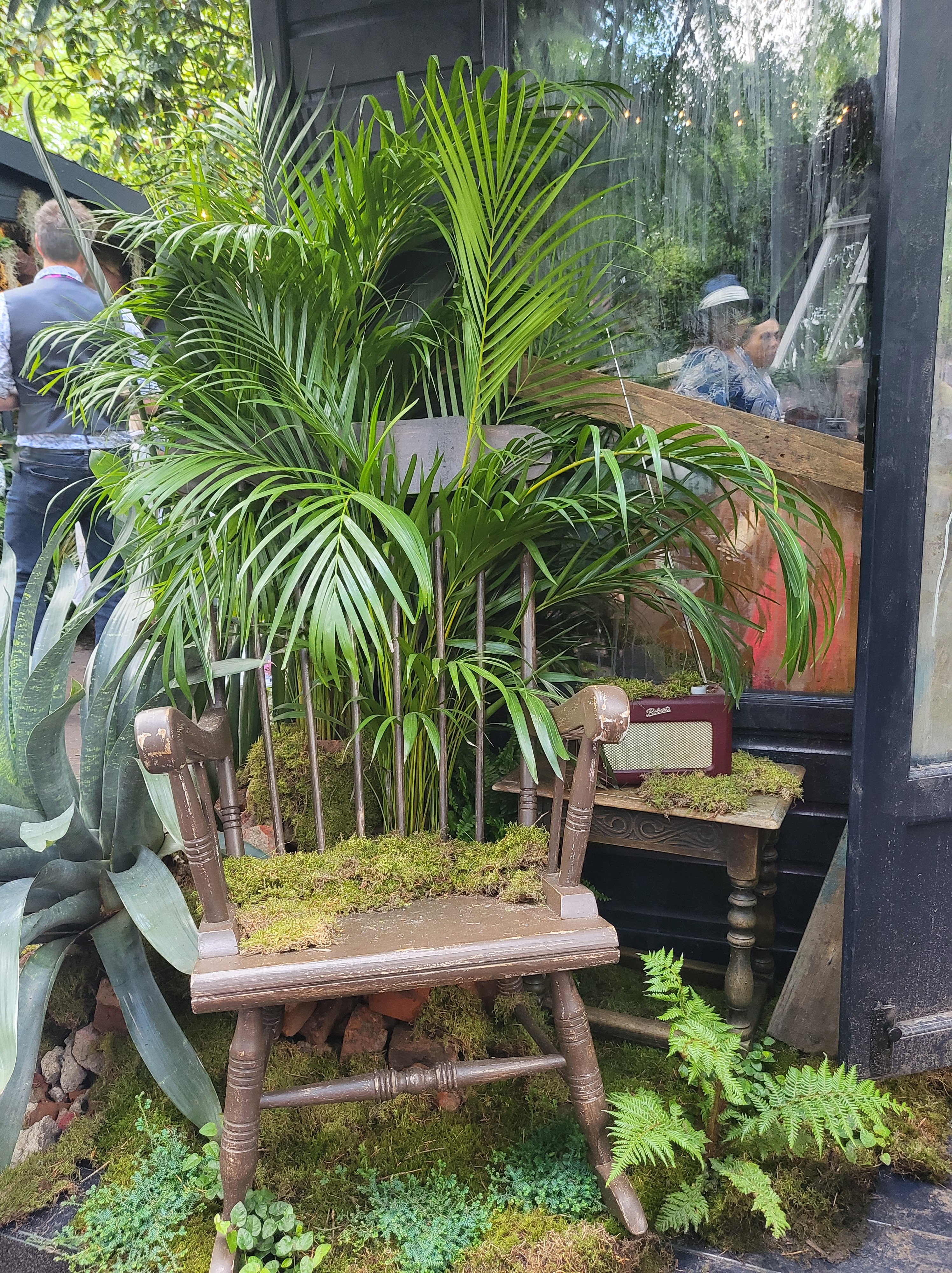
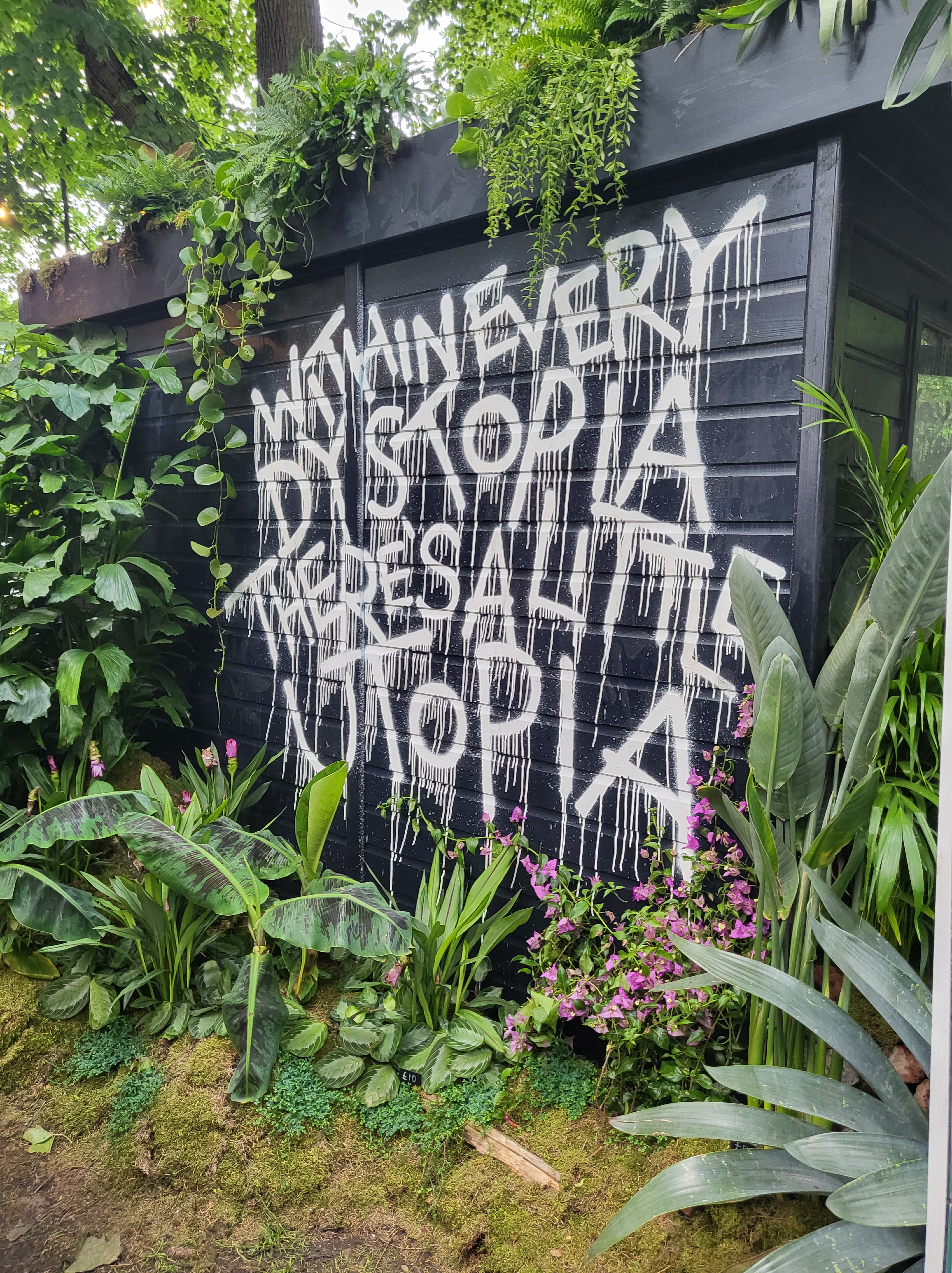
Moving on, the second favourite was The Glasshouse Effect, designed by Kali Homerton-Stove from the social enterprise The Glasshouse and the women of East Sutton Park Prison. Only studio designed in a glasshouse with plants that can be found in supermarkets earned second place for me for simplicity and transparency. Some say the gold medal this studio won had something to do with political correctness, but maybe RHS judges appreciated this explosion of green.
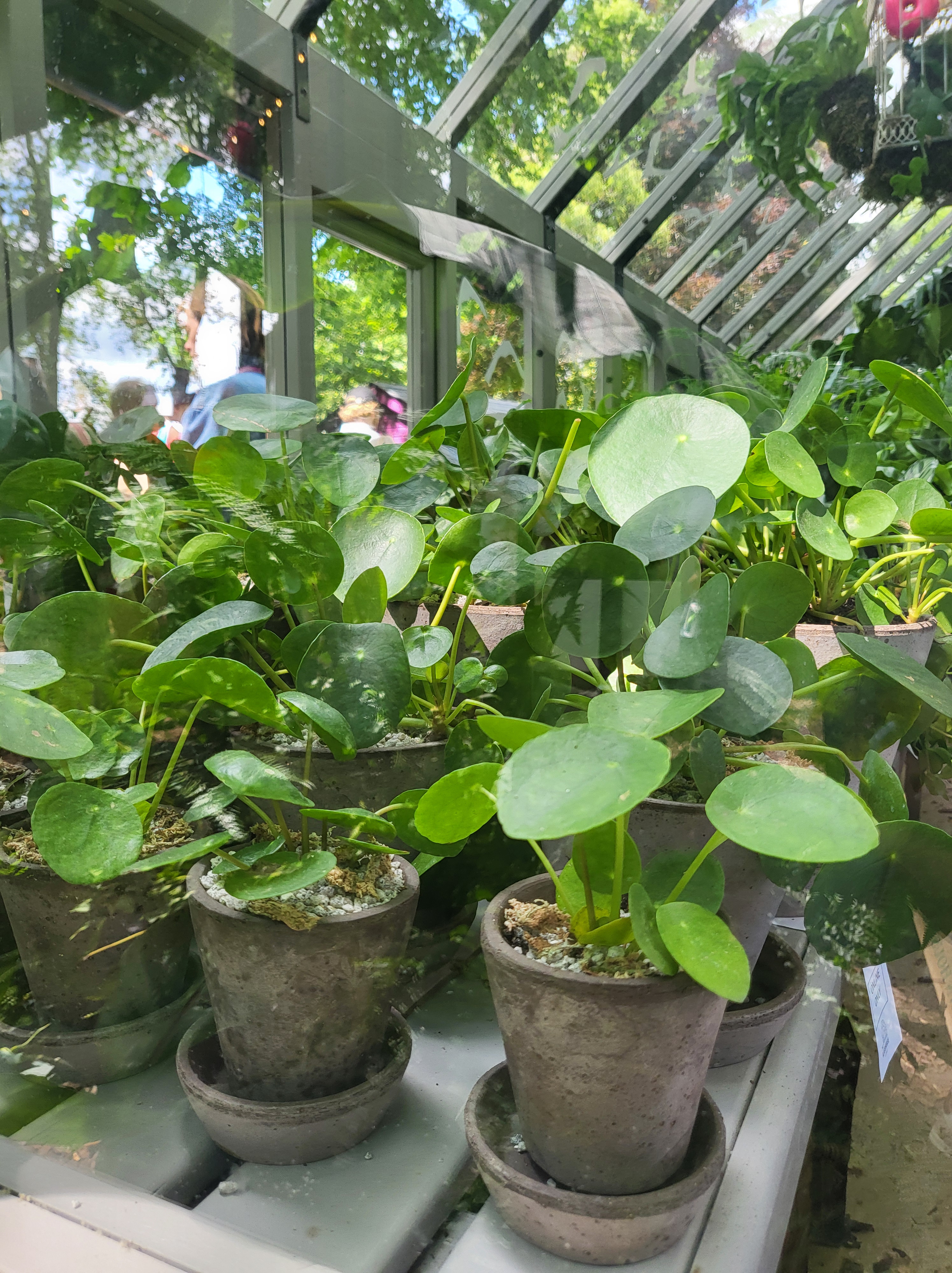
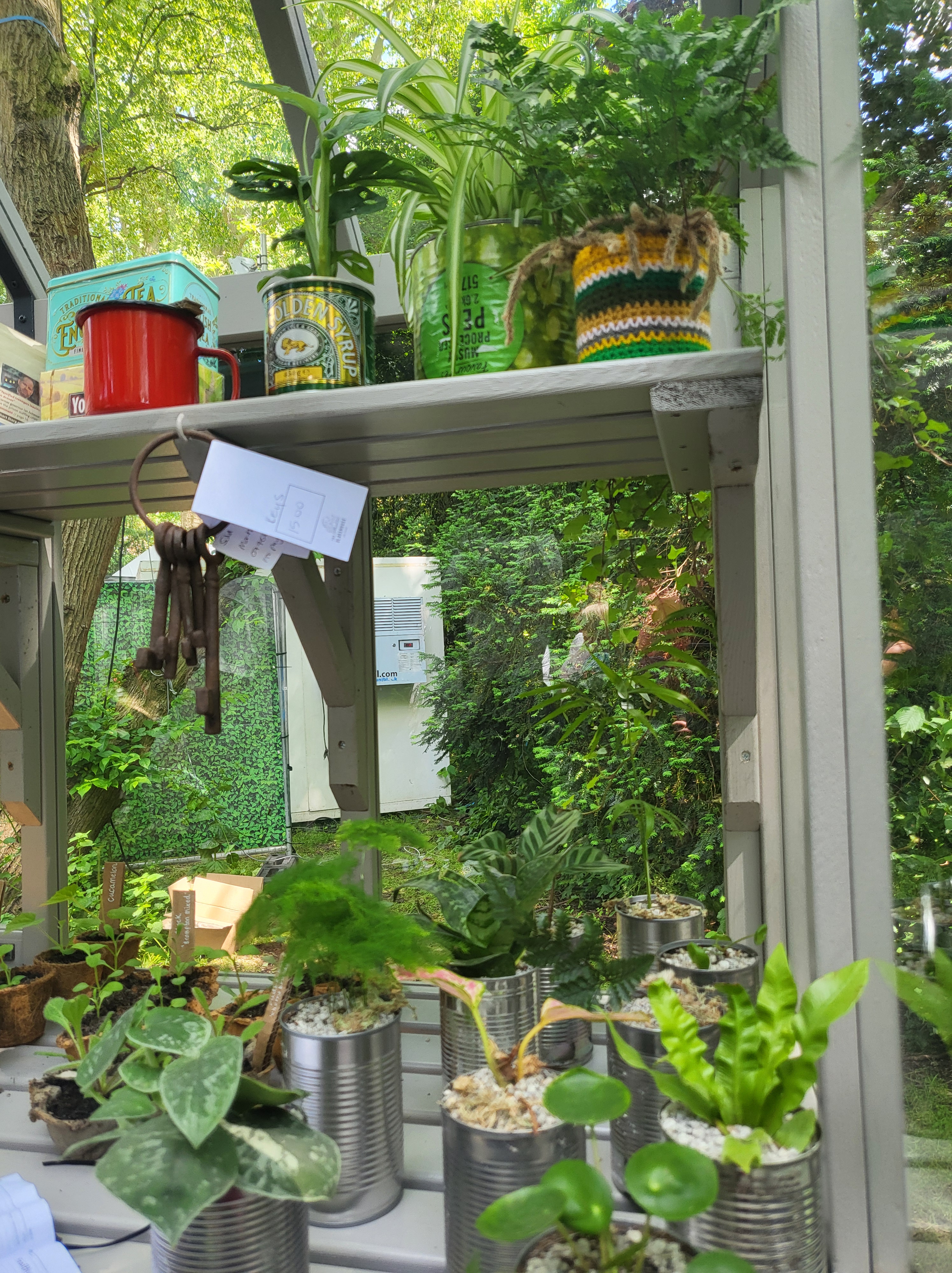
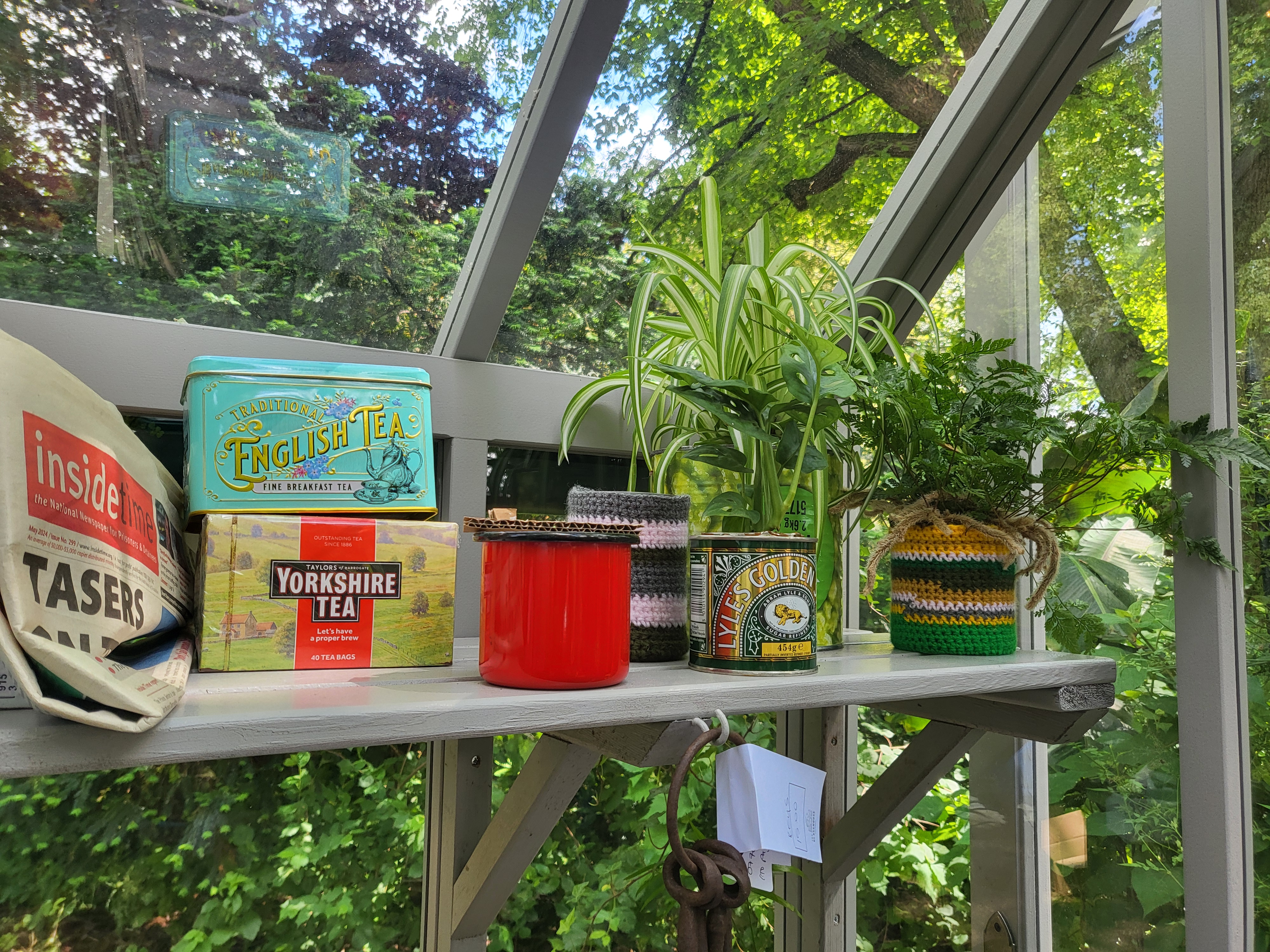
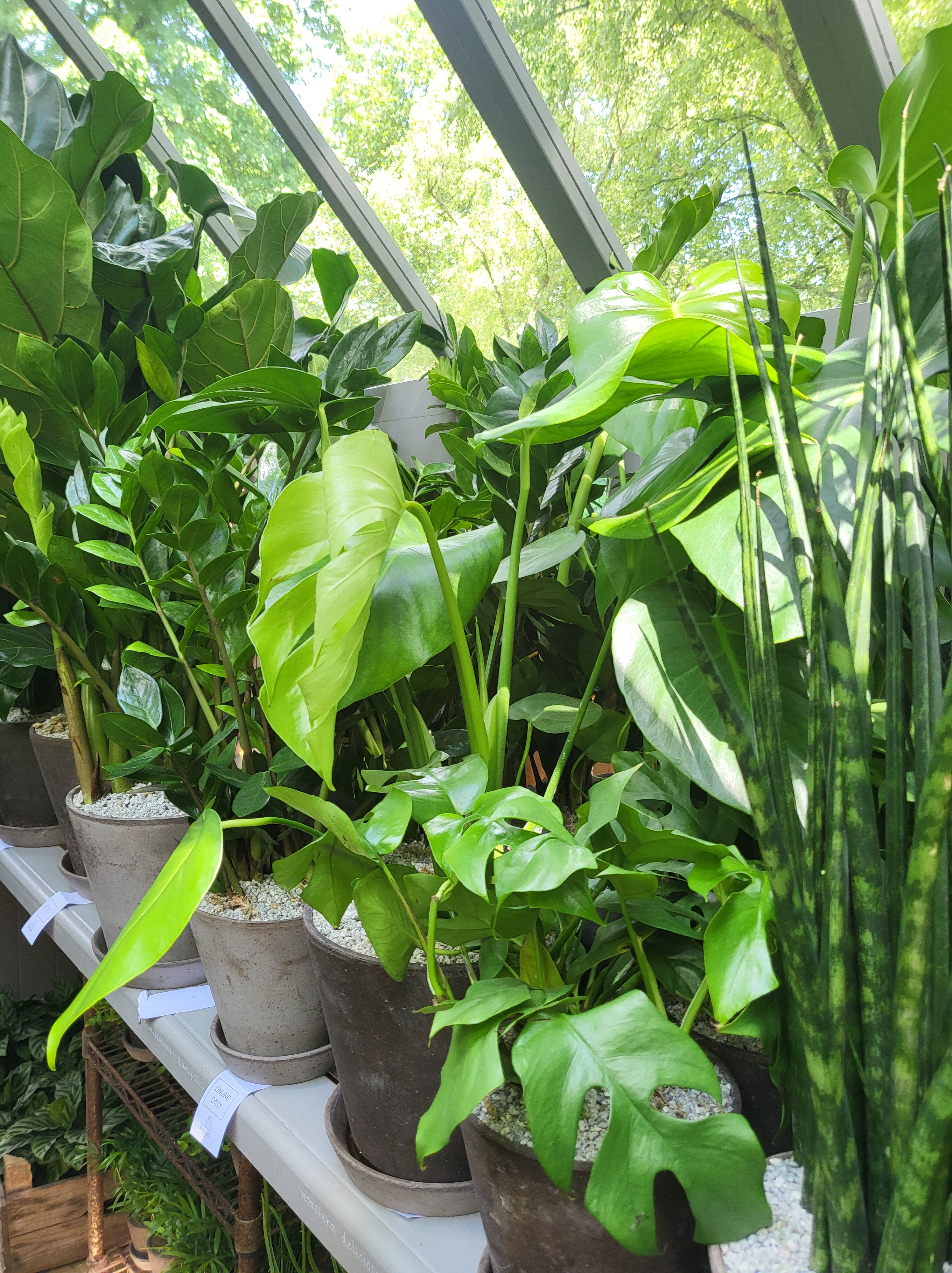
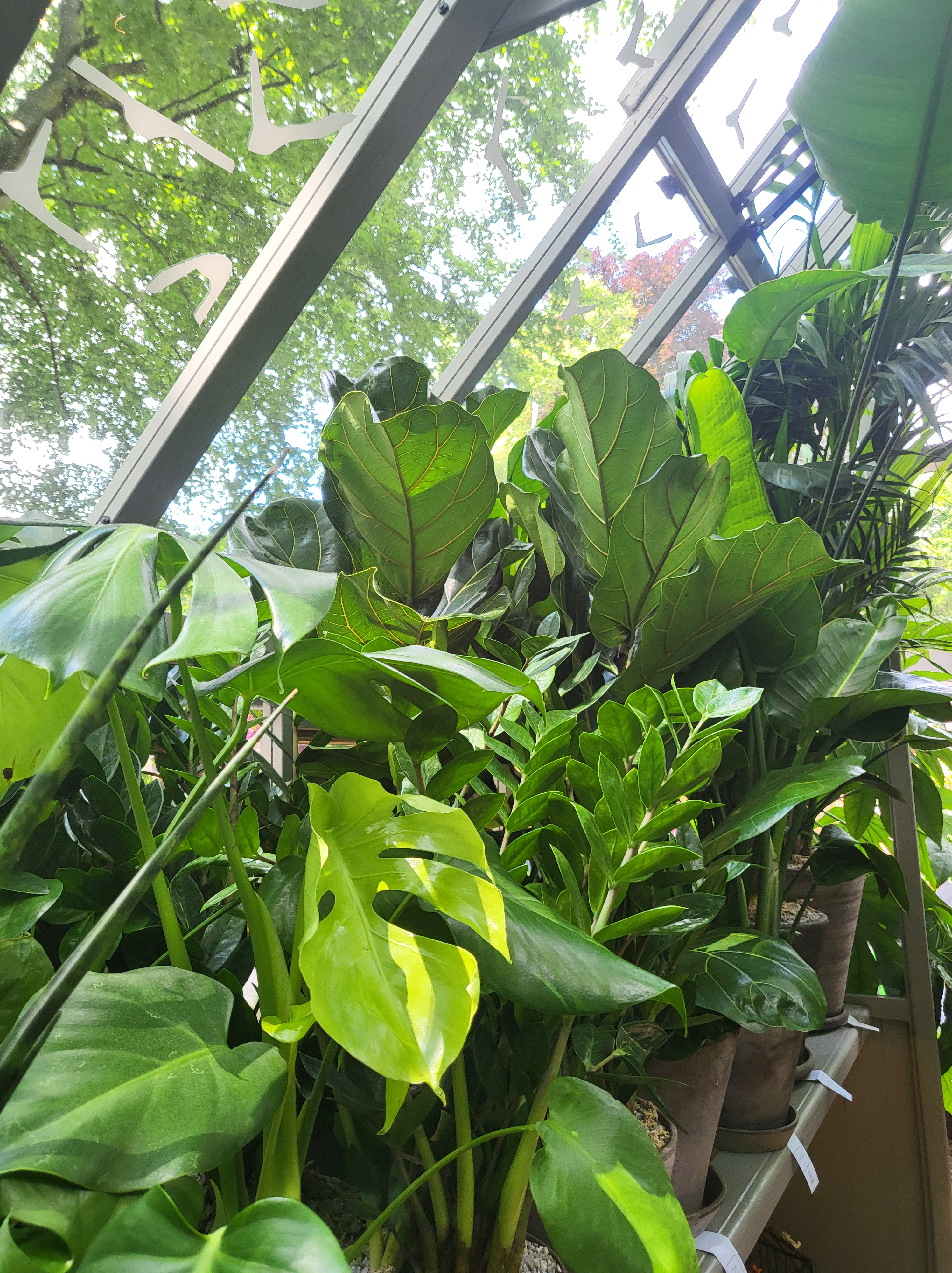
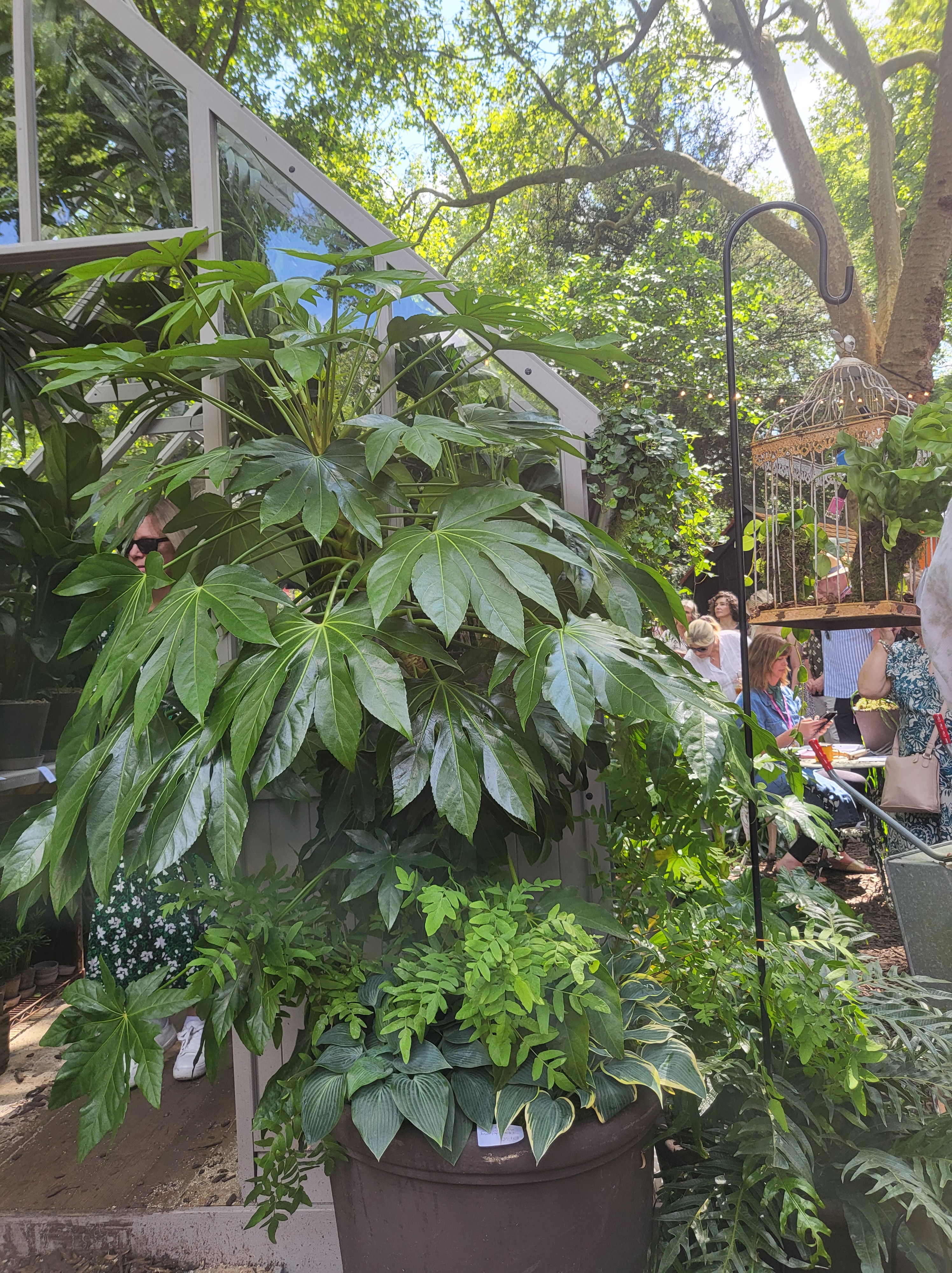
Next, I liked Plants with Soul studio, designed by Greg Hill, Morag Hill, Julie Lee, Richard Prentice and Trista Lin from The Little Botanical. I liked the havy rain sounds “from the jungles of South America” and highlighting Calatheas, which I find adorable. Maybe I was a bit influenced by the clever wall of plants engineered for selfies. I think this studio deserved a gold medal, as well.
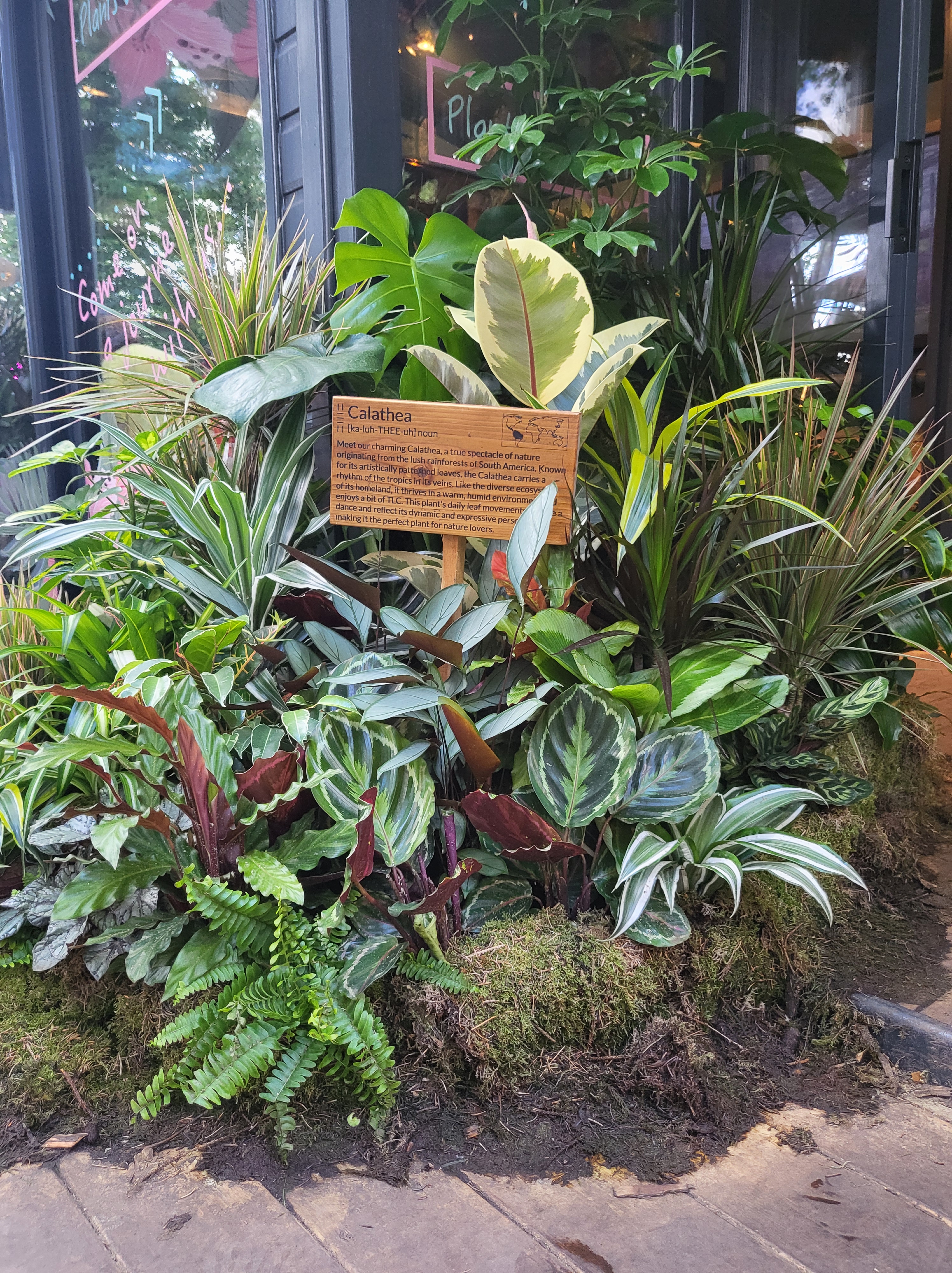
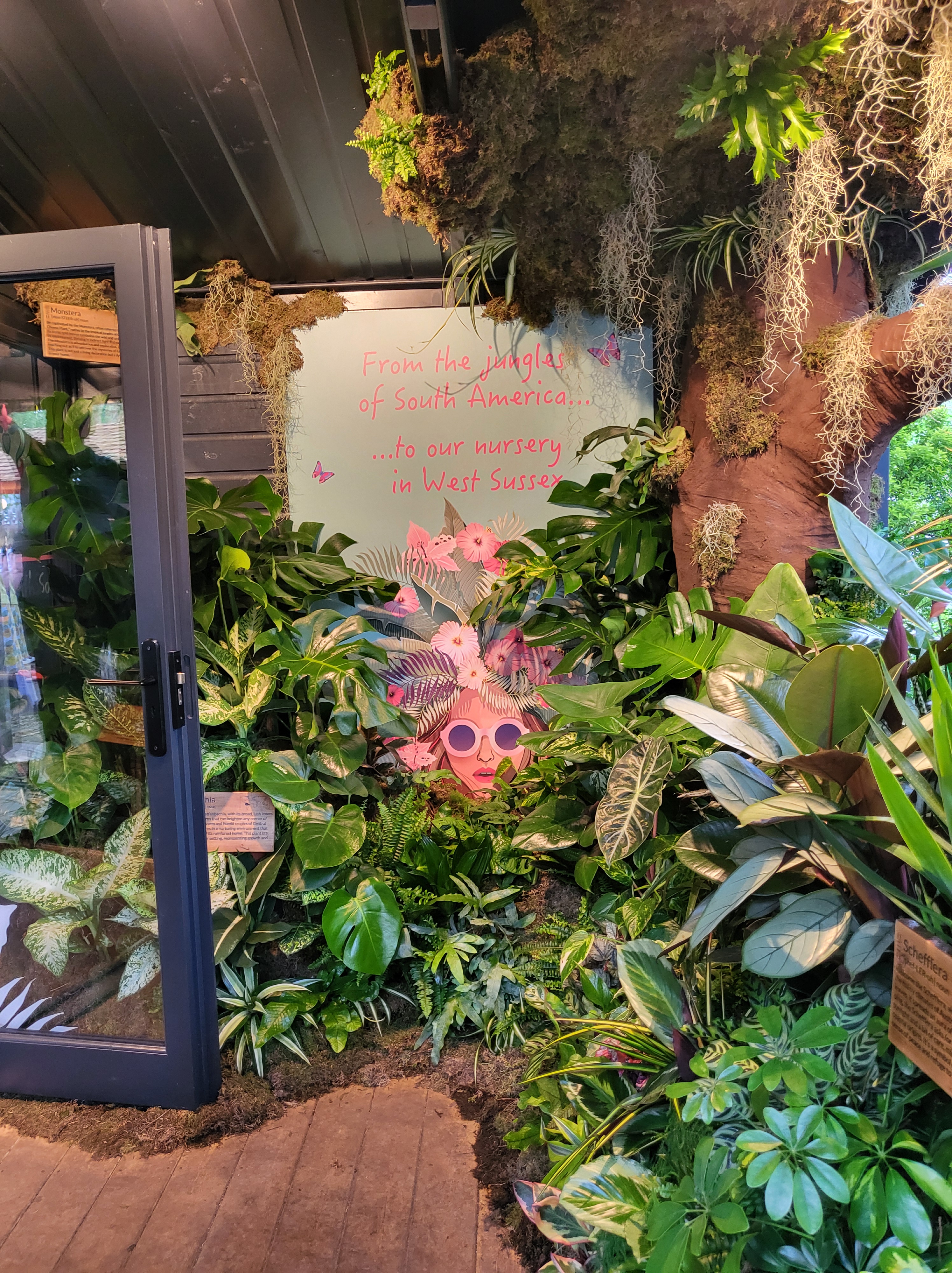
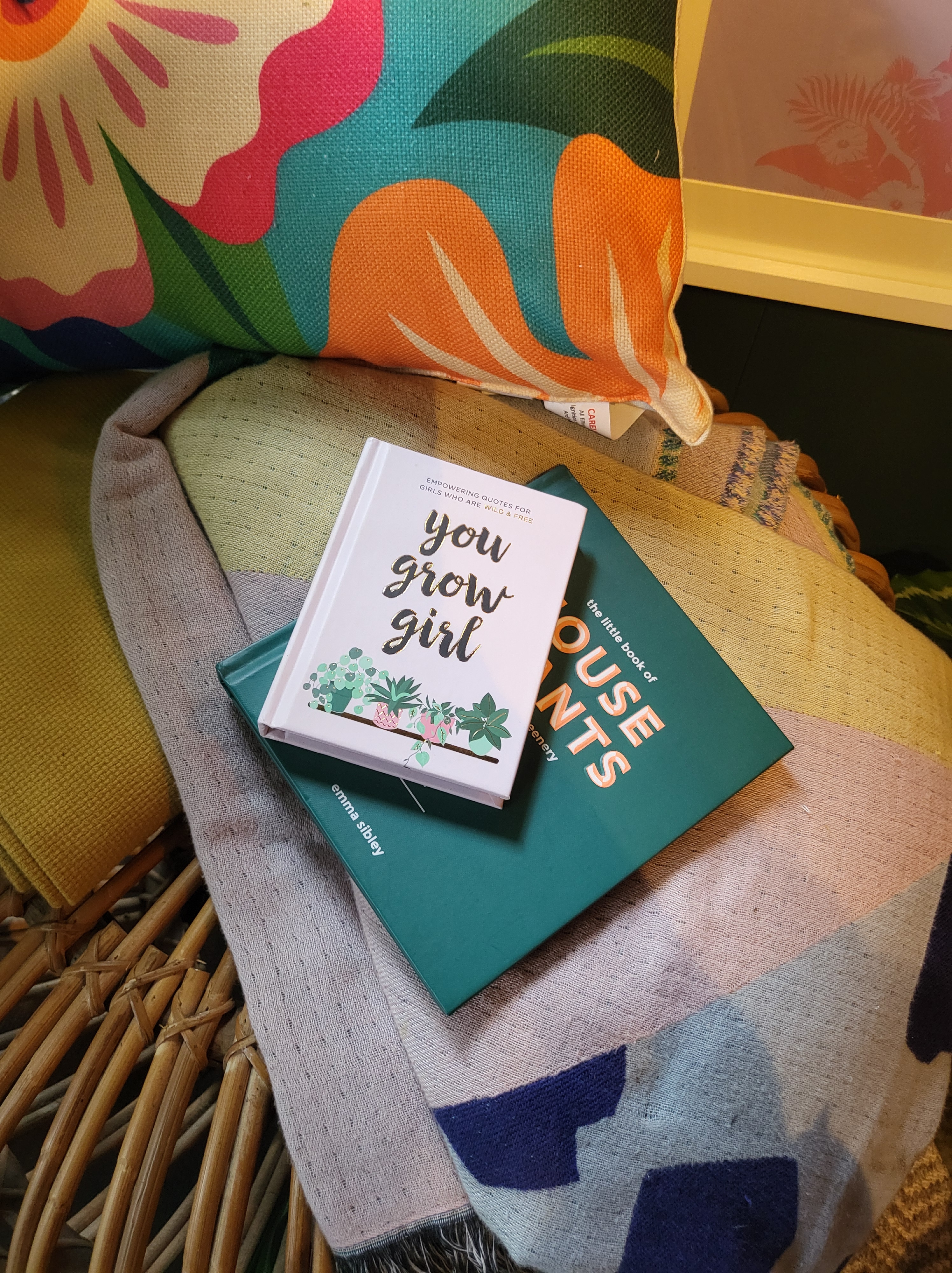
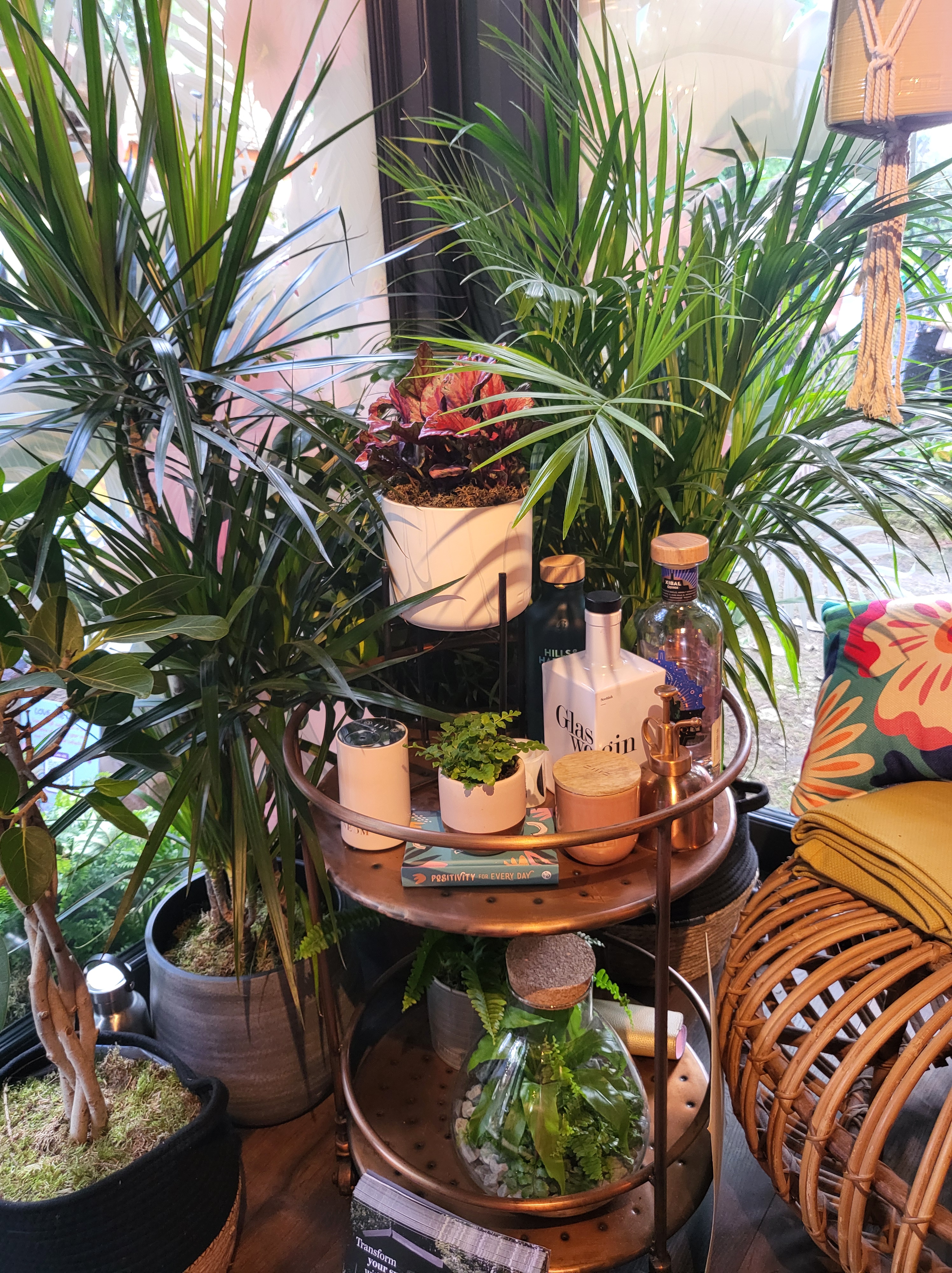
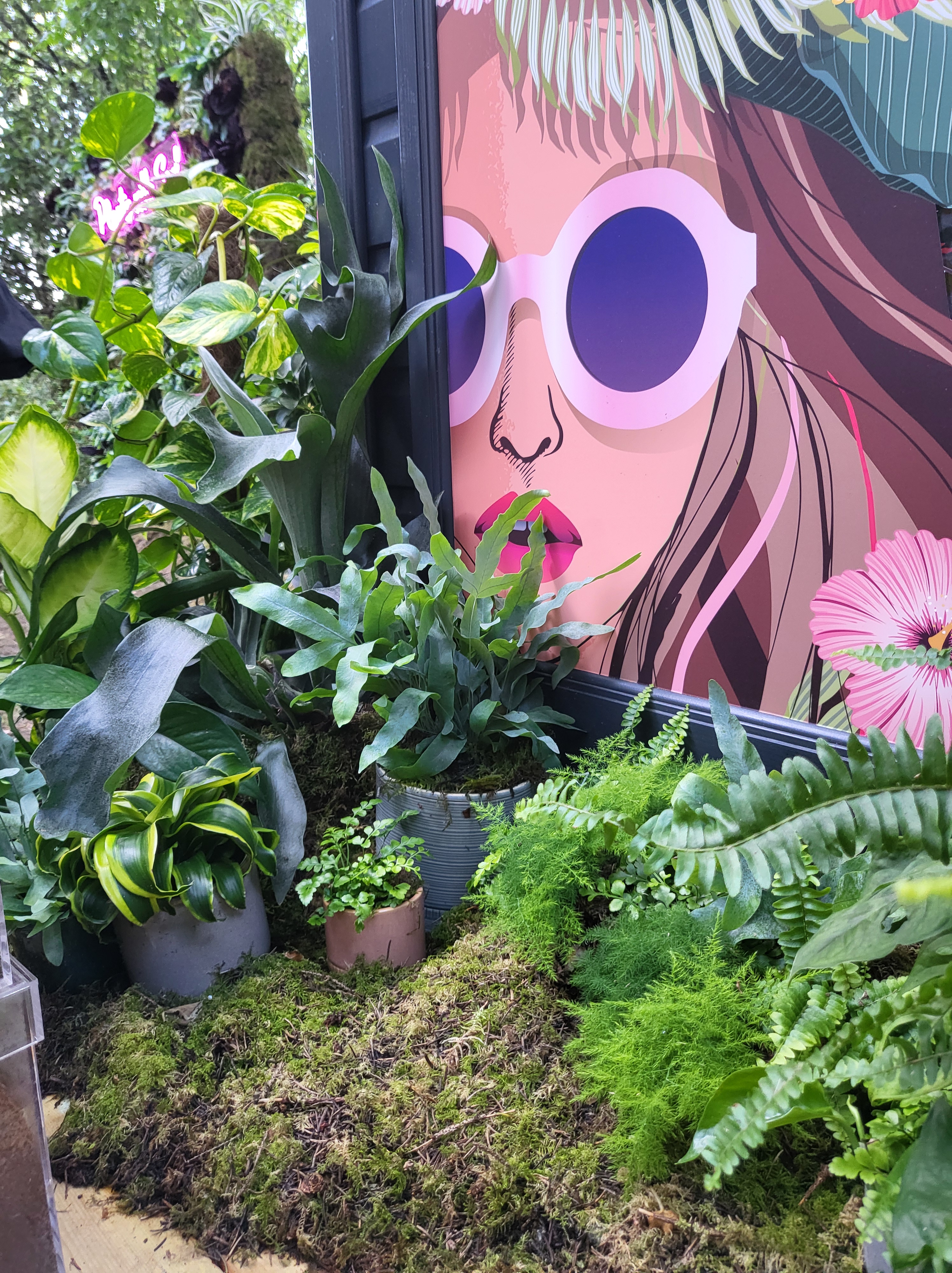
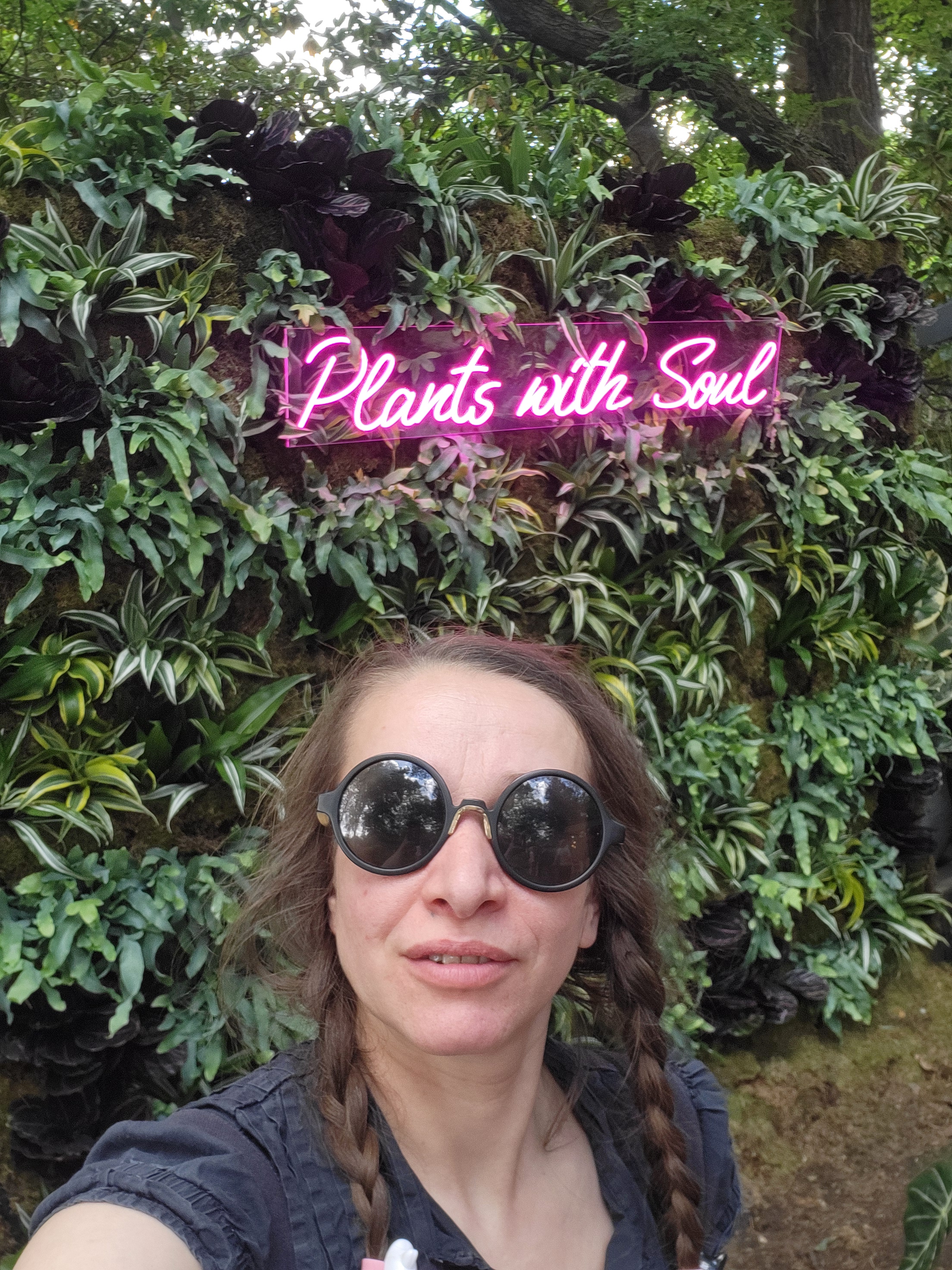
And in no particular order of preference, the next studios were, in my opinion, cute arrangements of plants, but lacked the personality I’ve seen in the first three I talked about up to this point, except one.
Verdant Visions studio, designed by James Whiting from Plants by There had plenty of personality, but not the kind that would resonate with me. All the sparkling globes, fur and technological artefacts from the ’70 outshined the very down to earth choice of plants, in my opinion. On the other hand, disco style was never one of my favourites.
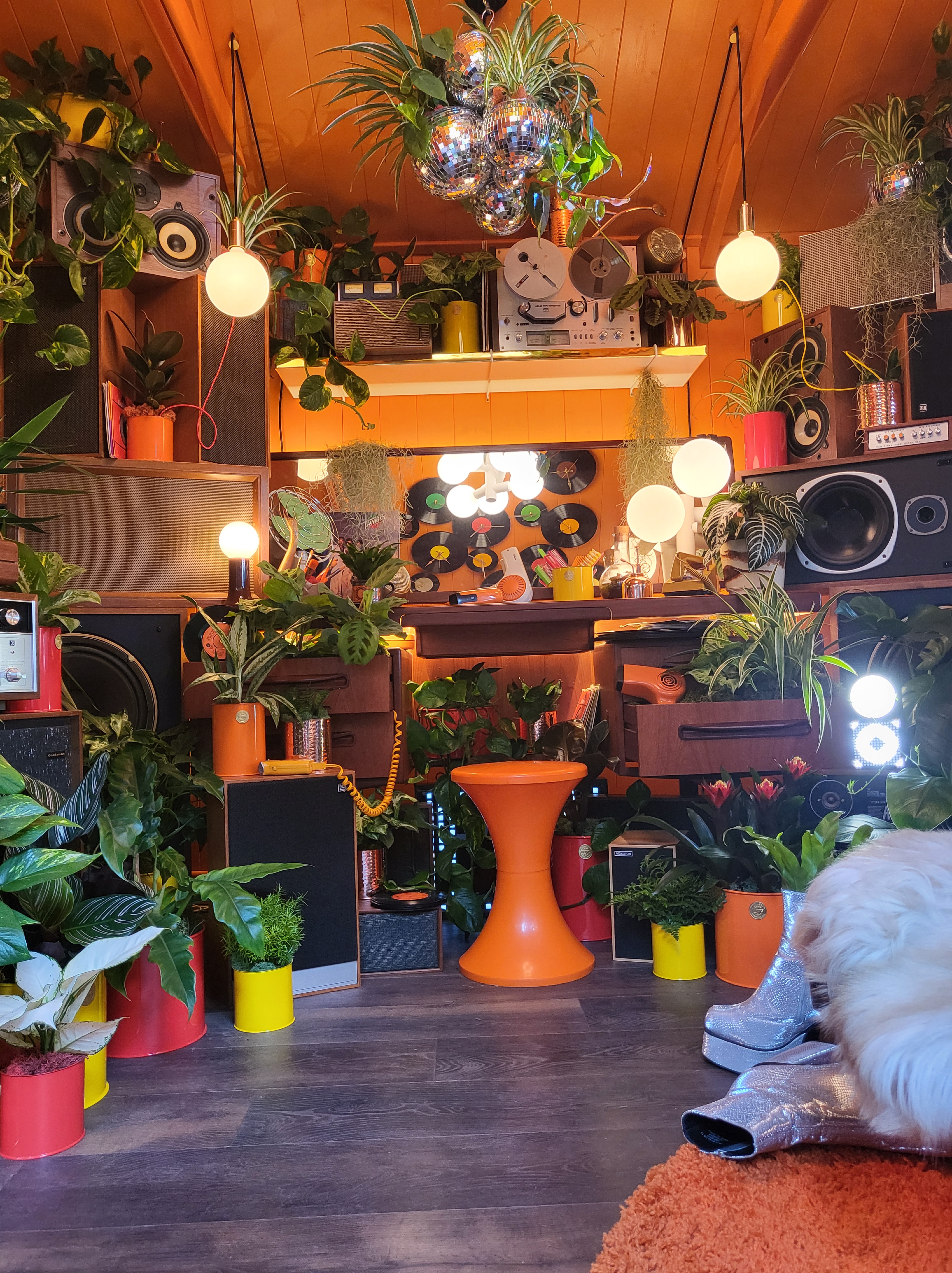
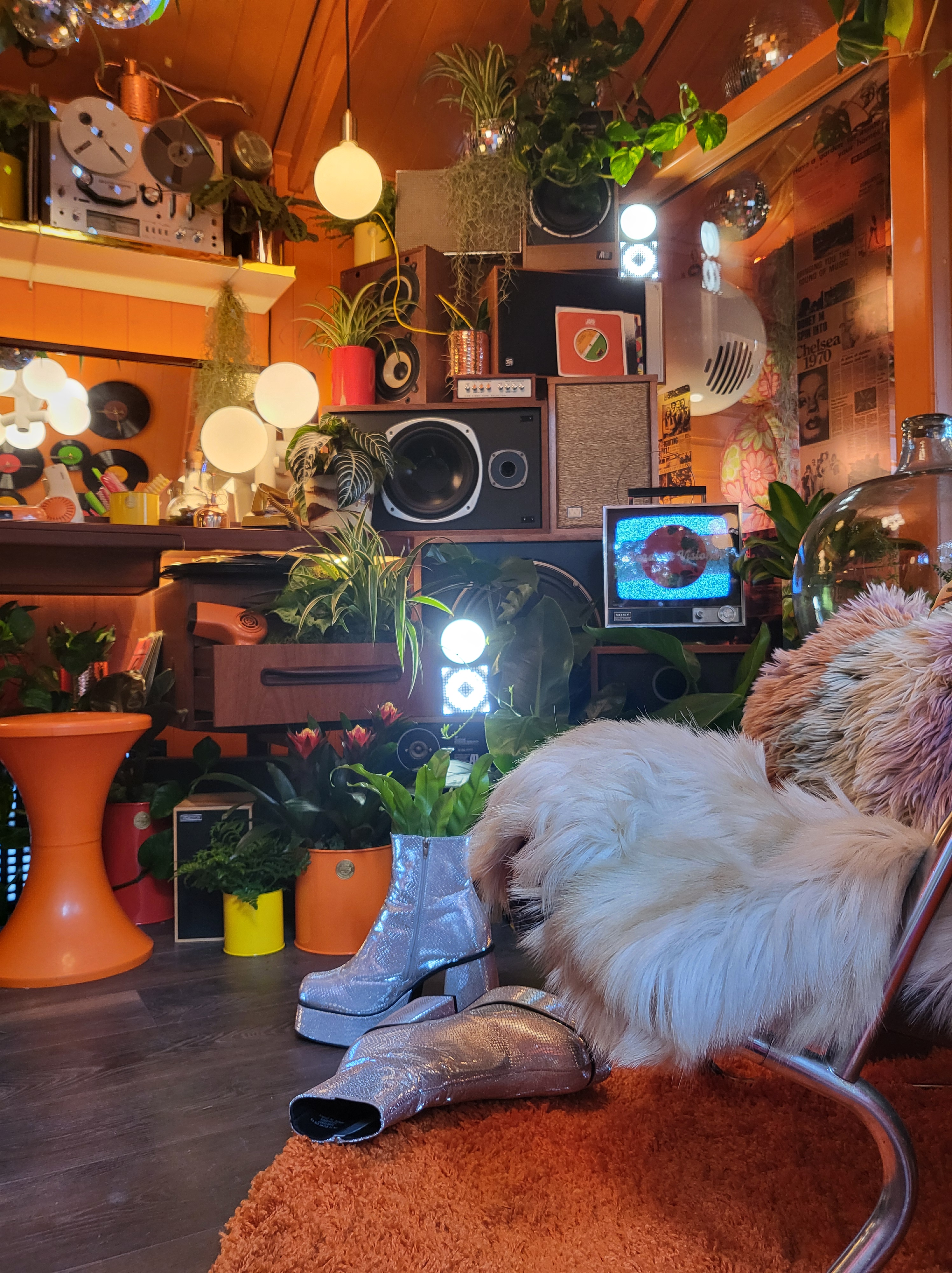
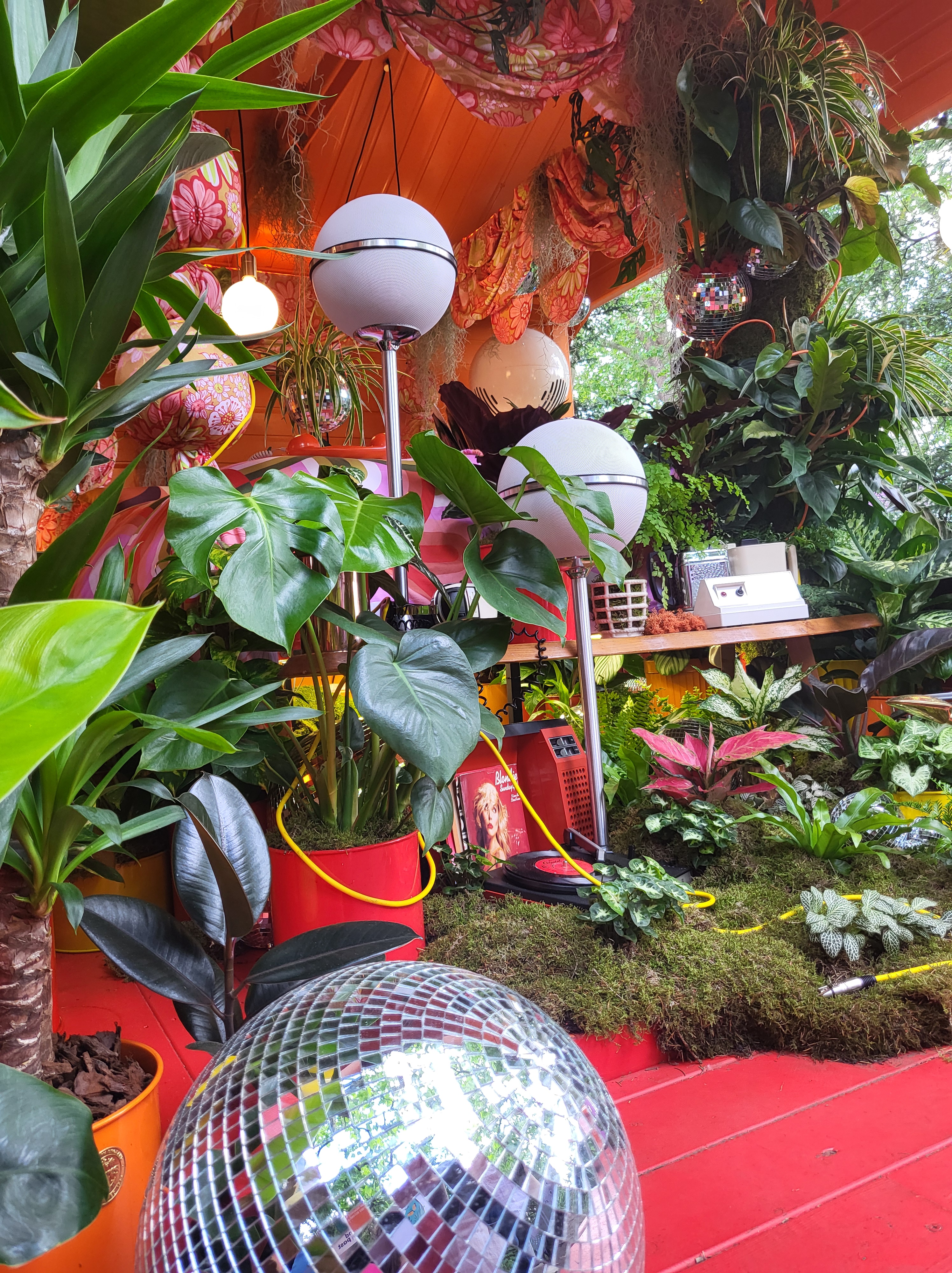
Upcycled Botanica studio, designed by Emel, Sumen and Ezgi Sumen from The Plant Warehouse had a huge Monstera Deliciosa at the entrance, and that was amazing. I also liked the opportunity of seeing some plants with my own eye, rather than online, like a fenestrated Monstera Dubia and a mature Esqueleto. Otherwise, I failed to see the upcycled part, the warehouse being a bit more obvious.
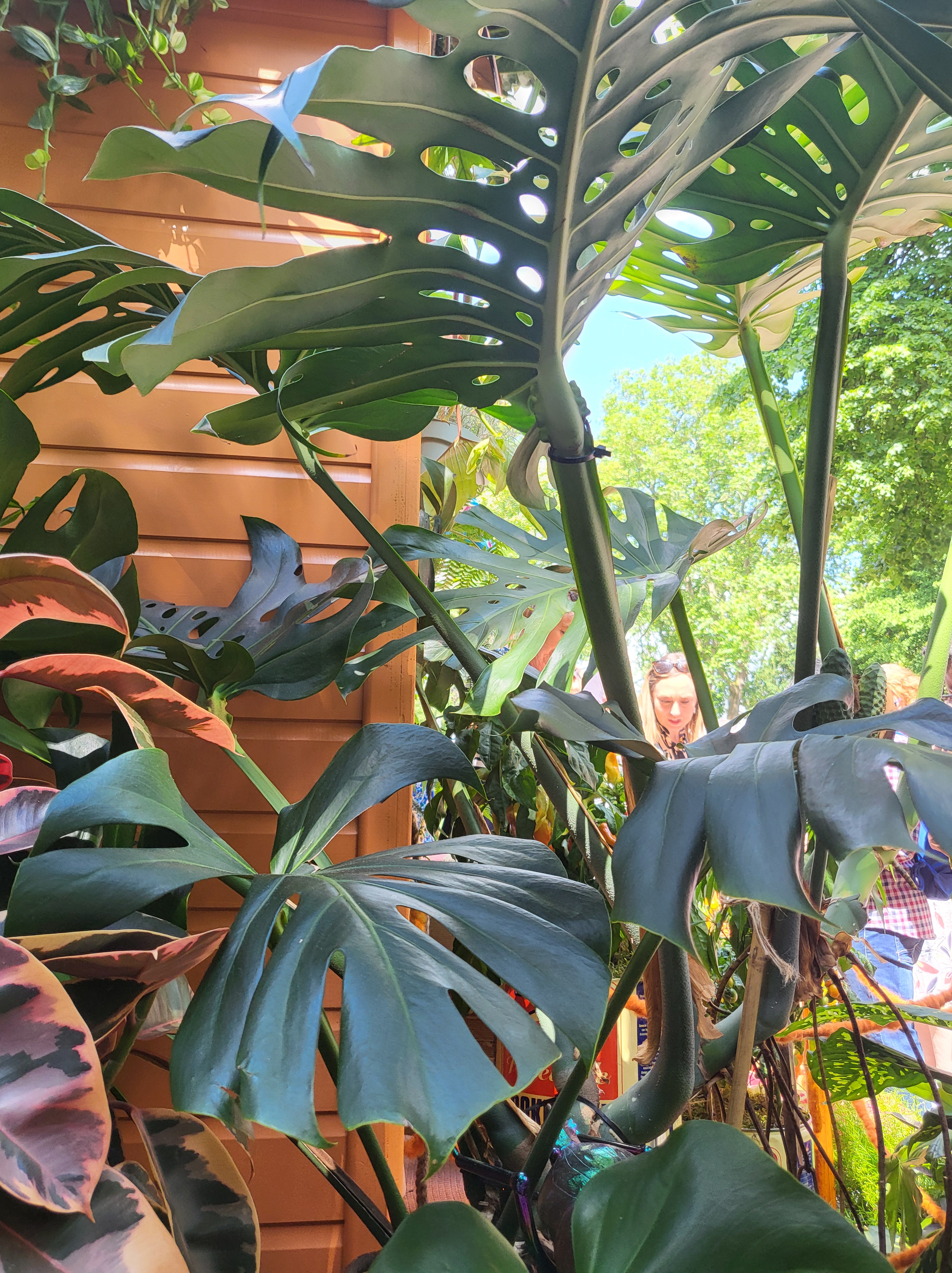
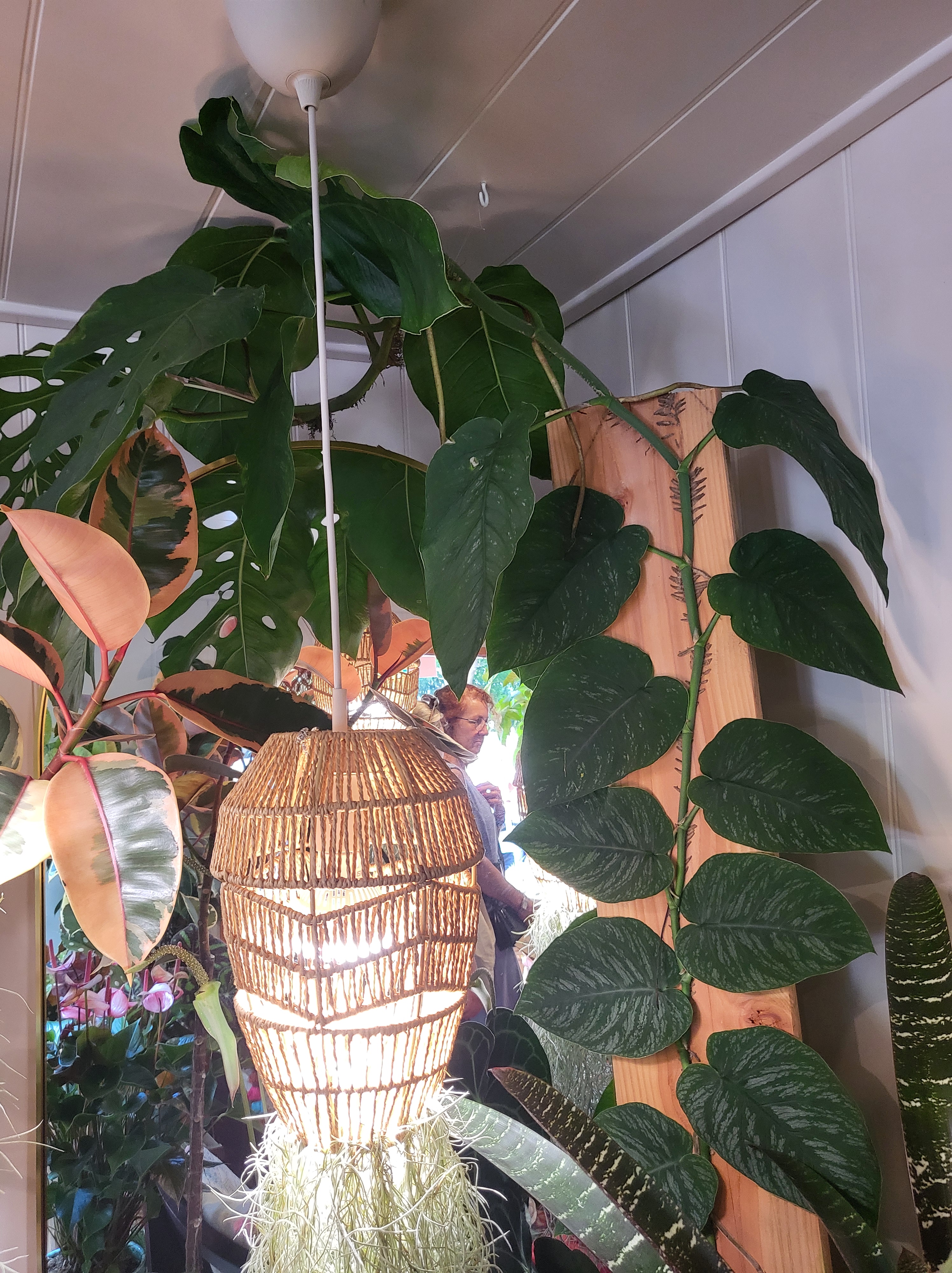
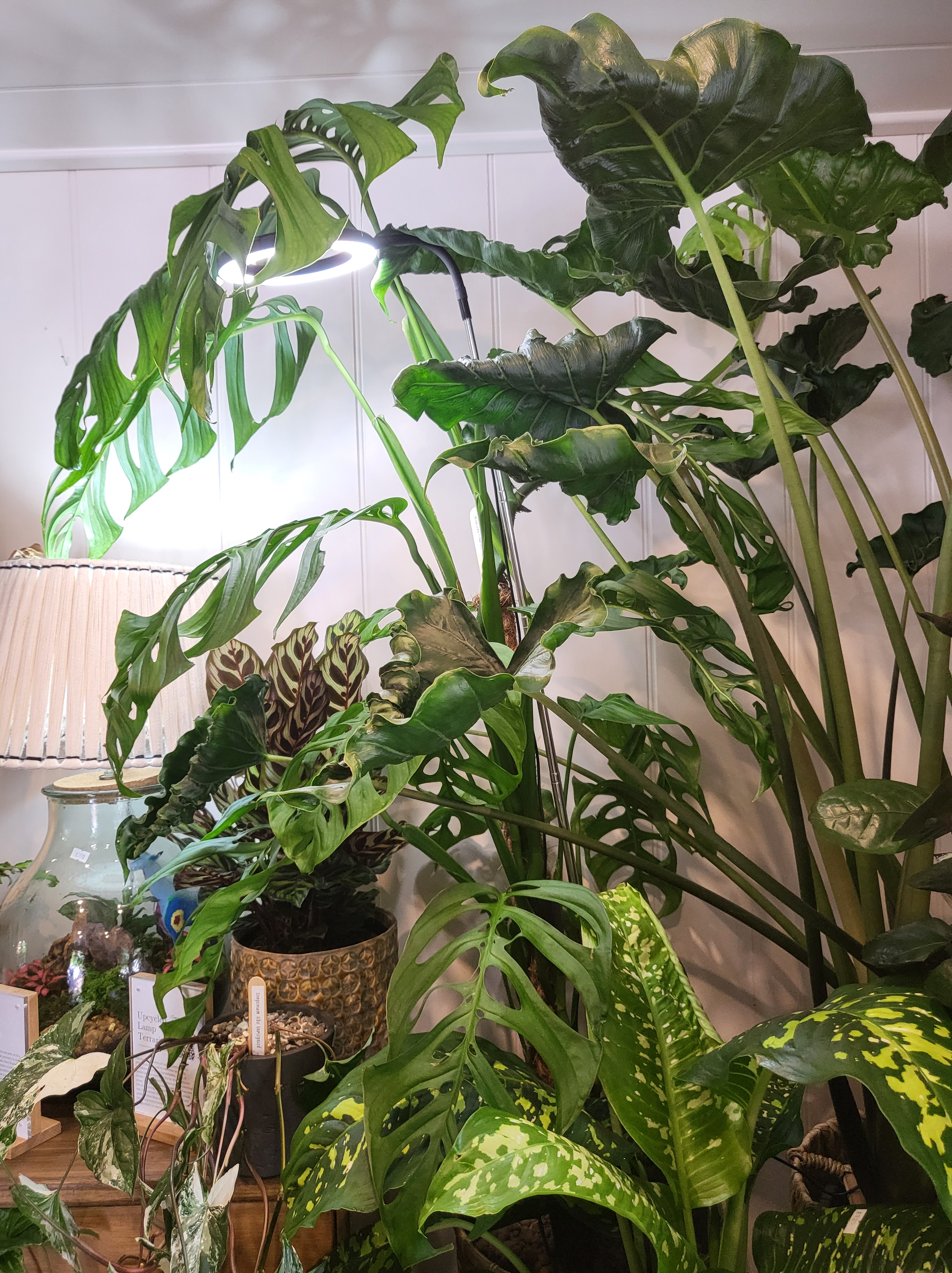
The studio An Atlas of Houseplants, designed by Abbi Dixon and Ruth Webber from Botanic York, had this cosy living room feeling, with cool plants and terrariums. I would say the focus was on interior design, not on houseplants, more like indoor gardening in small spaces or something.
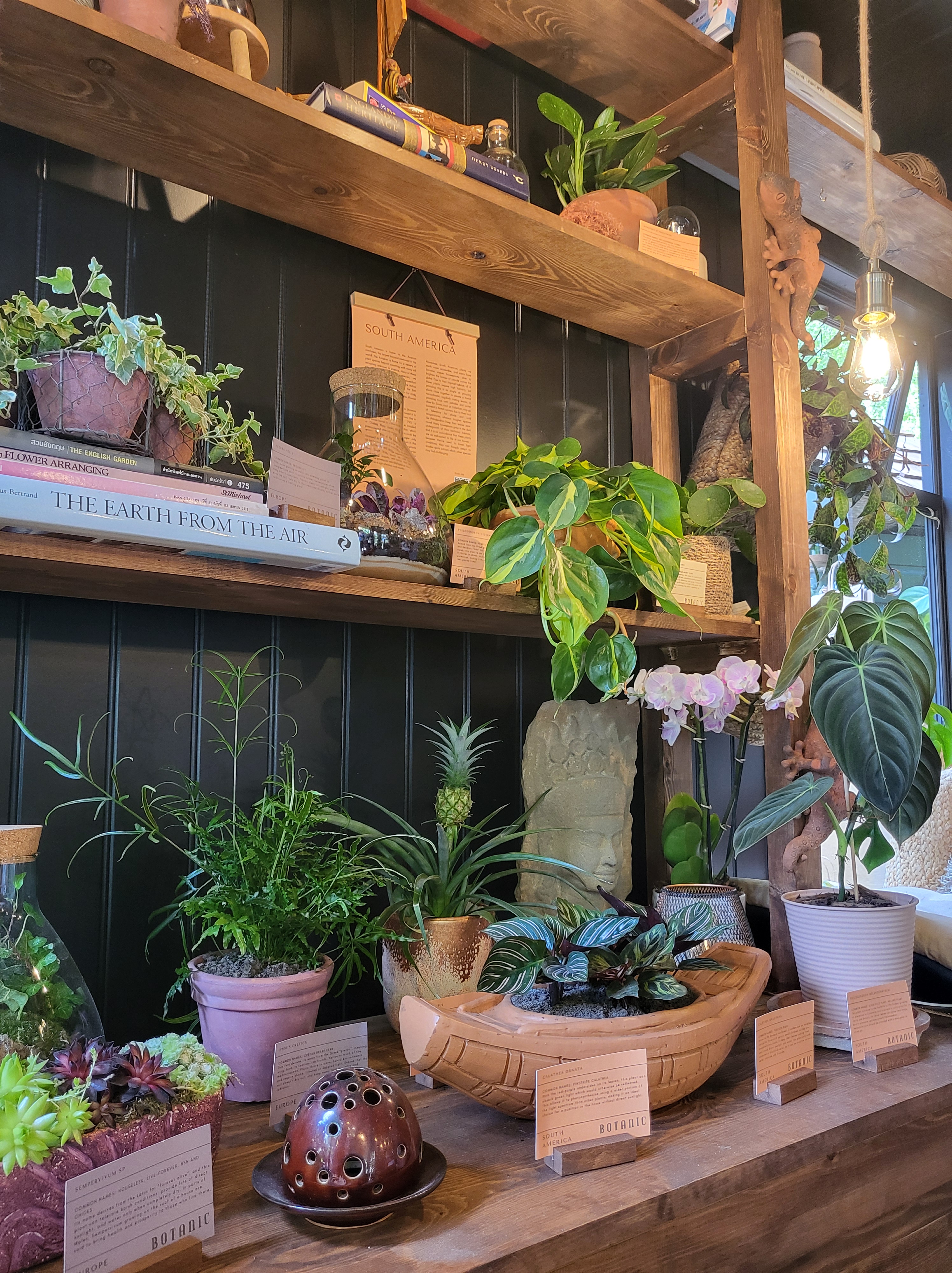
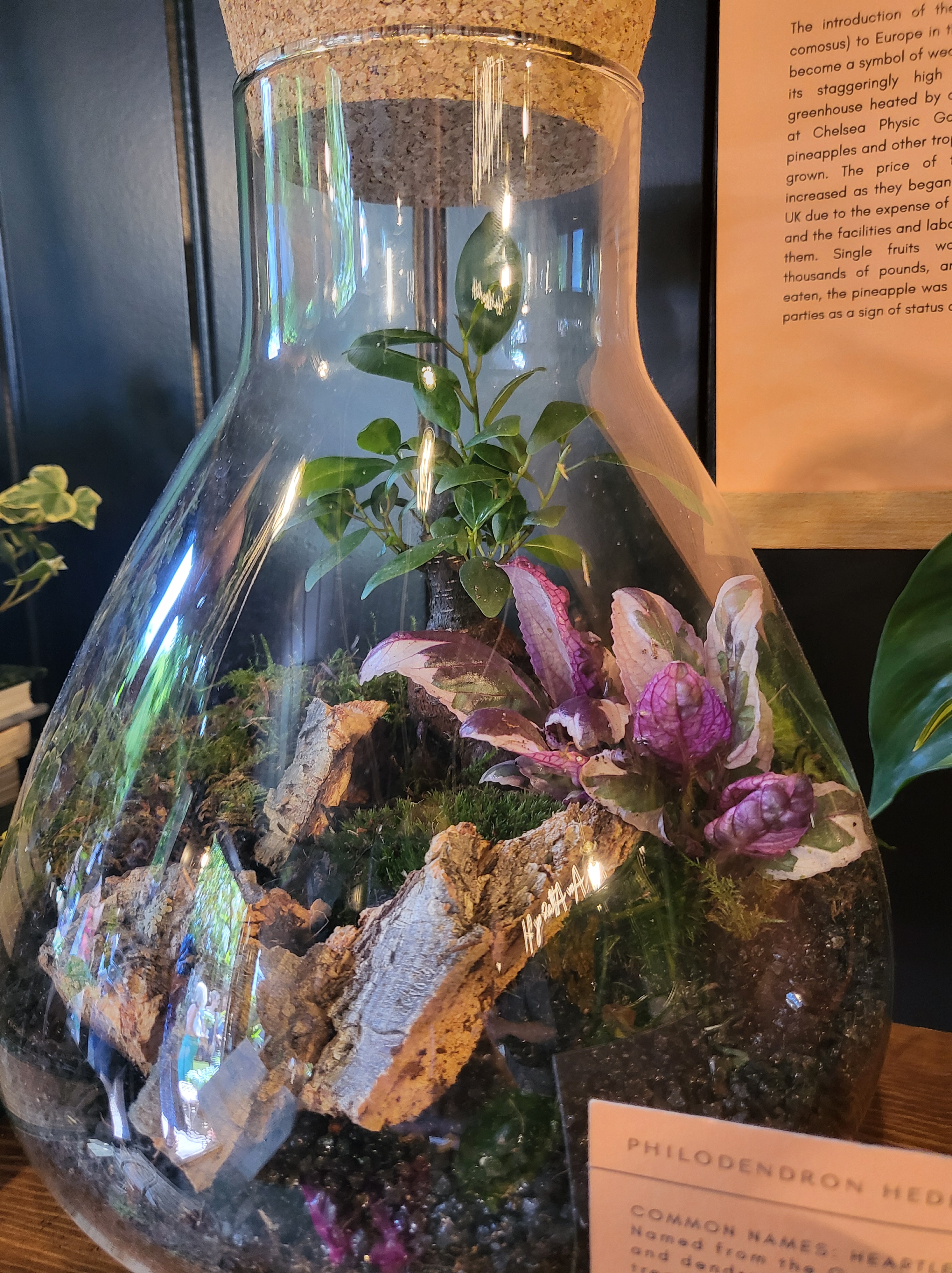
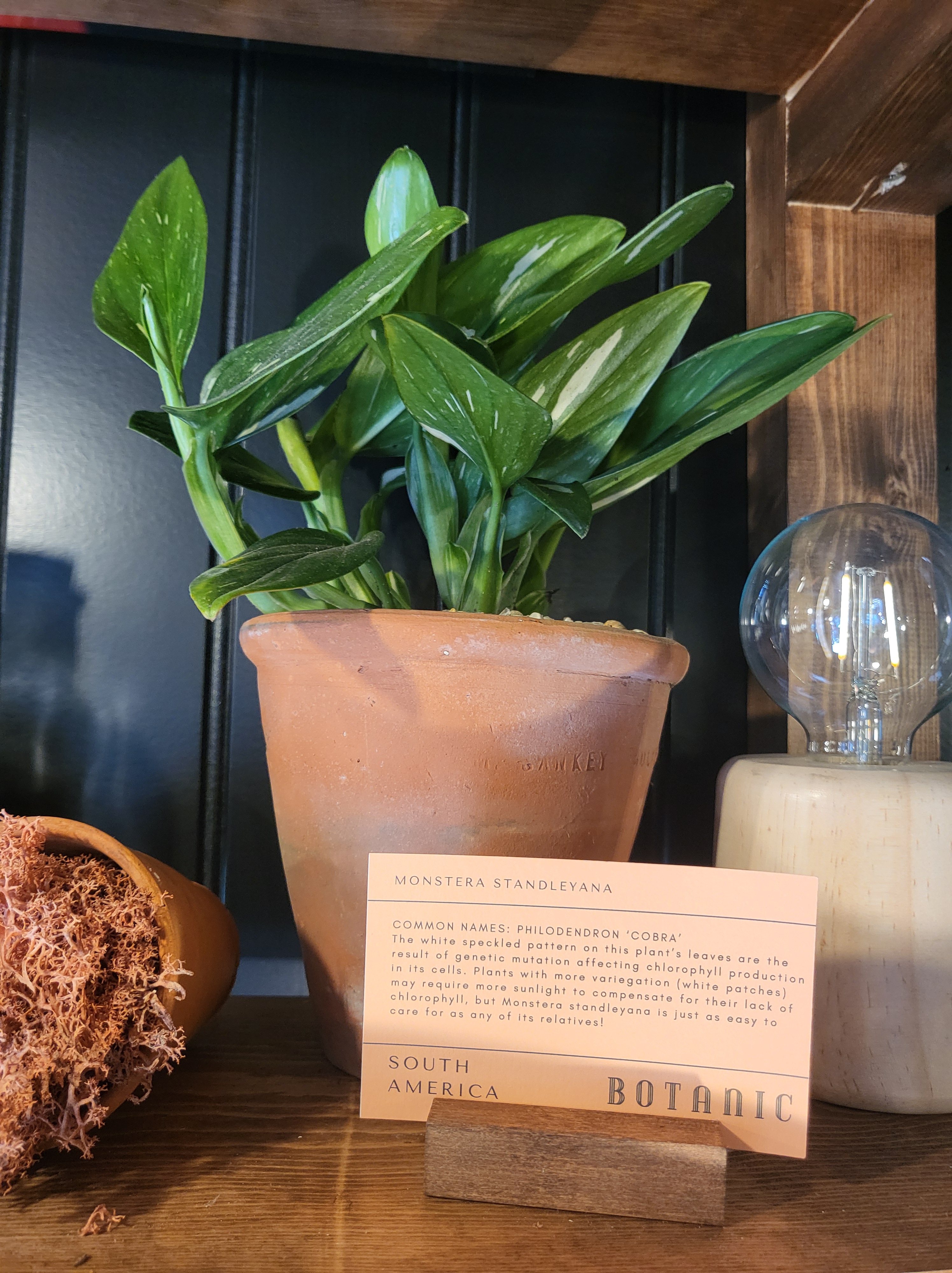
And, finally, Maximalist Verdure: Indoor Gardening in Small Spaces studio, designed by Holly and Nikki Barsby from In the Garden had the same warehouse vibe as the Upcycled one, except the background colour was this loud purple, instead of strident orange. Nevertheless, I liked the diversity in plants: cacti, succulents, begonias, orchids, palms, philodendrons, air plants, carnivorous – a true atlas of houseplants.
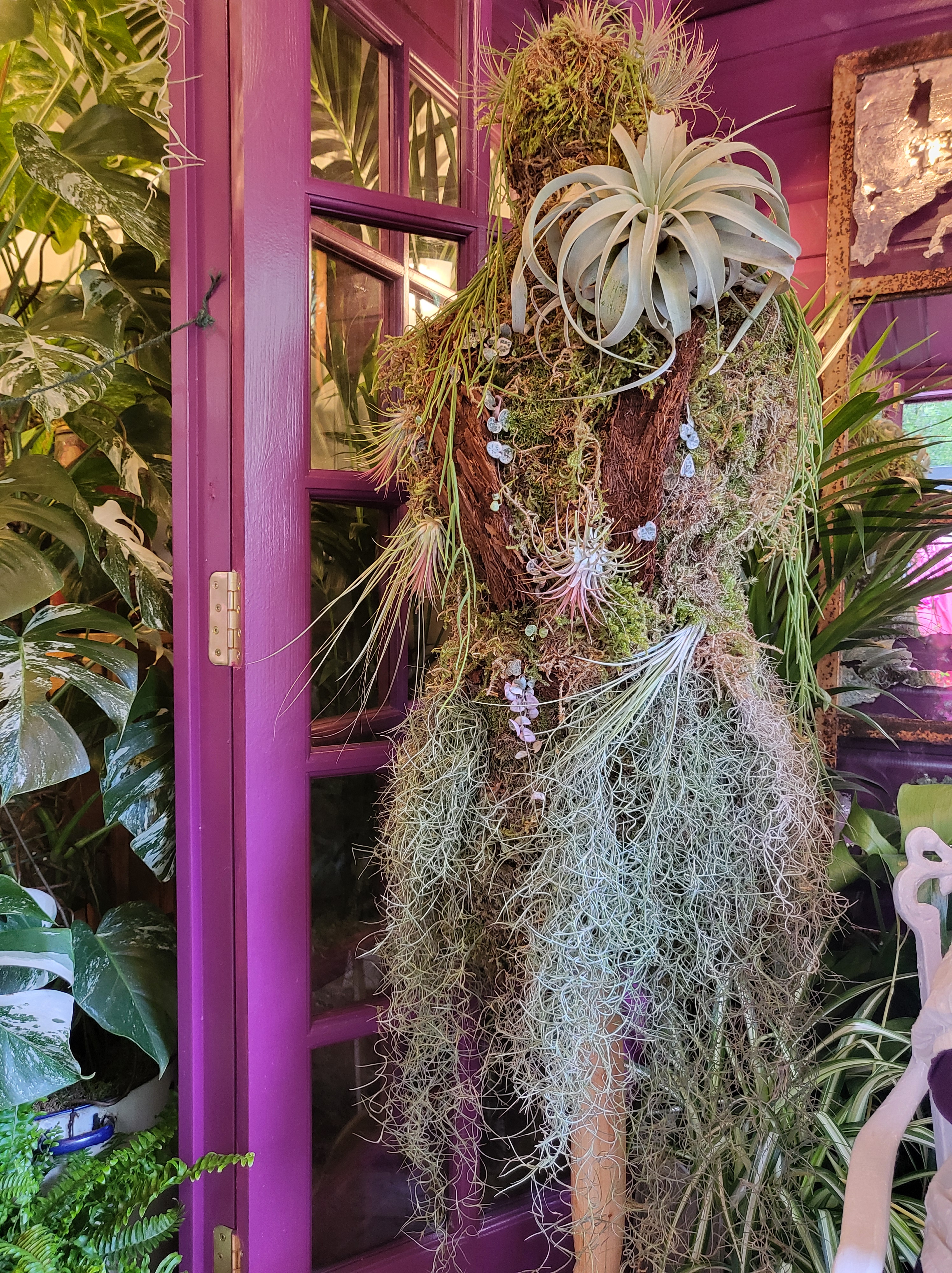
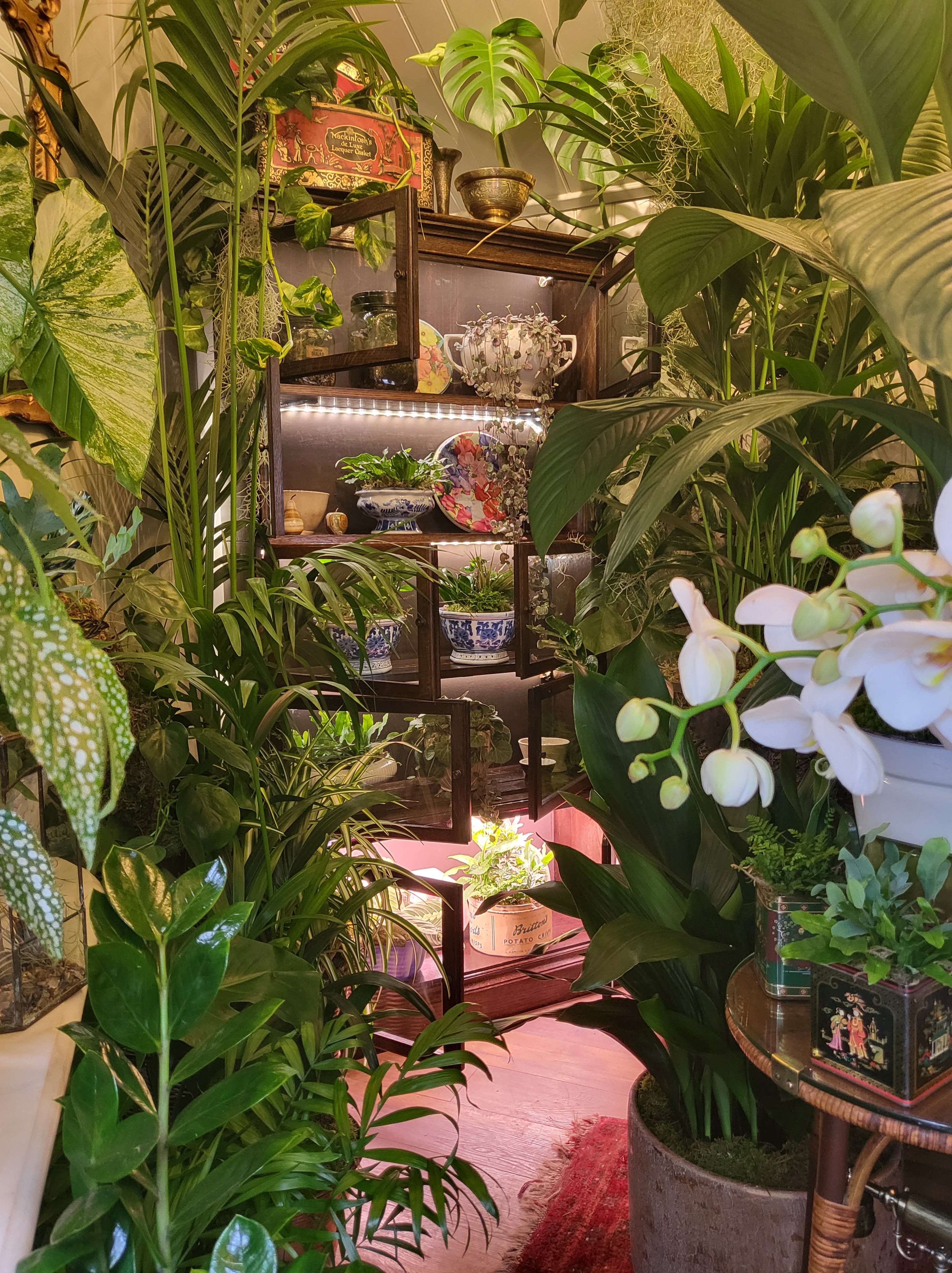
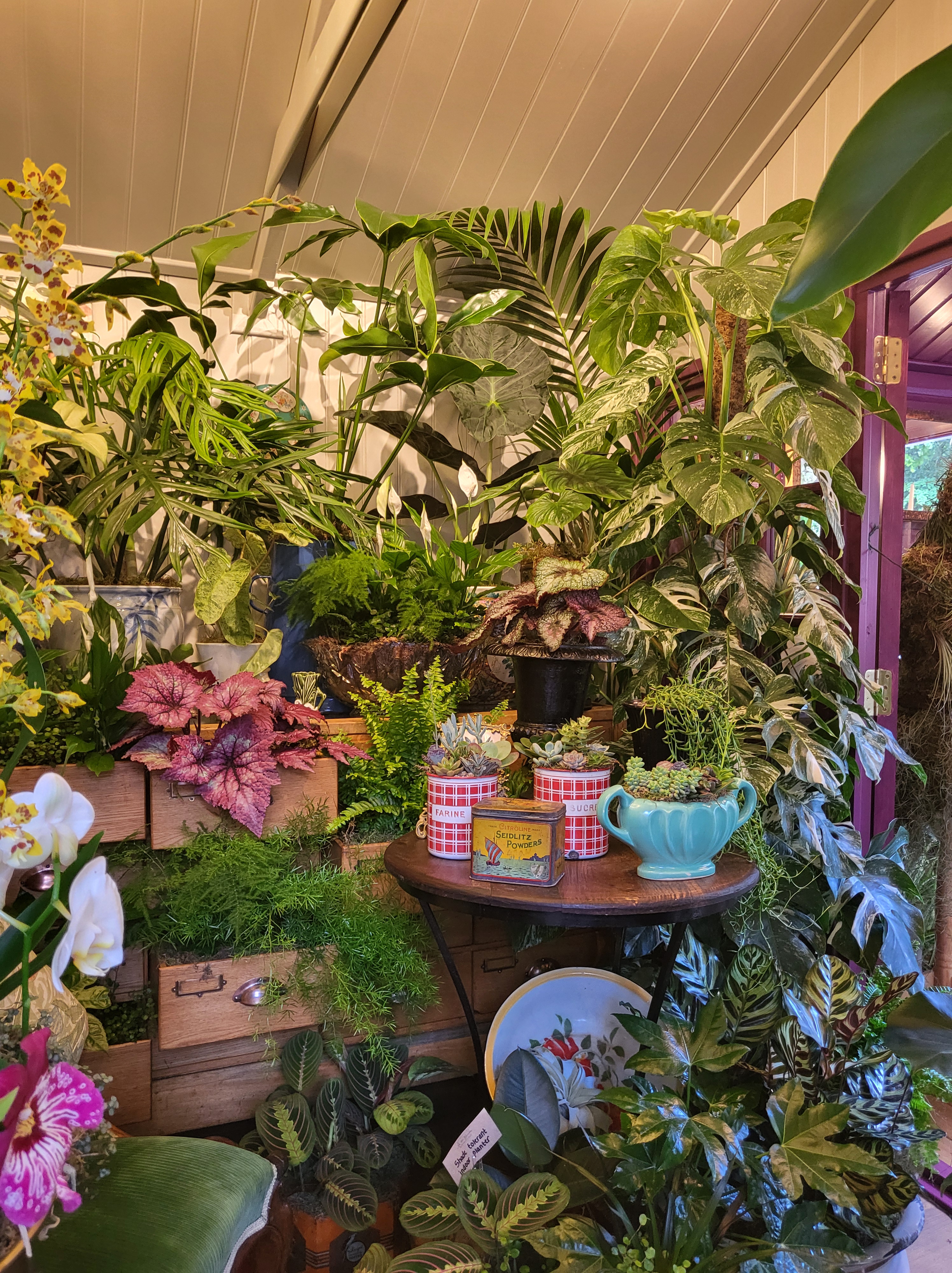
Discover more from Green Monstera
Subscribe to get the latest posts sent to your email.
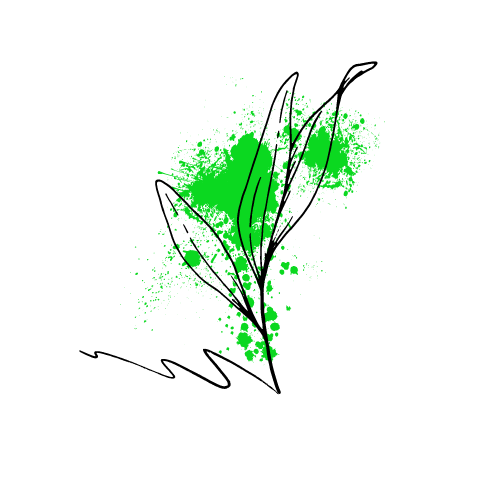
One Comment Add yours